Live Update: Spain Election (Avotar), a Hottest - Worst Climate Change and Drought in Europe and Current EU Chair
Bilingual ESP / ENG, this LIVE UPDATE is being updated and more details will be published shortly. Please refresh the page for the fullest version.
East Los Angeles or Este de Los Ángeles 3.13am / Laredo Texas 5.13am / Hialeah Florida 6.13am / Madrid 12.13pm
*BREAKING-UPDATE (per 10.31pm Madrid time / 4.31pm Hialeah Florida time)
Madrid 10.30pm
89% escrutado / vote counted in SPAIN ELECTION #AVotar #23J
PP: 132 seats
PSOE: 126
VOX: 33
Sumar: 30
PP + VOX: 165
PSOE + SUMAR: 156
Majority: wants 176
PSOE surprisingly has gained to 32% from 28%.
No one will have a majority. Fear for far-right VOX still exists.
Spaniard probably has new election.
Sigue los resultados, mapas y análisis de los comicios españoles:
Whether the right wins a majority or not. Pedro Sánchez’ soft hand pragmatism with the Catalan separatists has played the parties against each other. ERC took his hand. Junts became more radical. There’s infighting between them. Catalan separatism is weakened. Separatist parties are getting slashed as 35% of the vote is counted. PSOE is surging to its highest result in 15 years. Catalonia is saving the left from big losses it seems.
According SIGMA DOS & RTVE poll, the PP would win with 145/150 seats, but it could not add an absolute majority with Vox
■ PP of Núñez Feijóo: Between 145-150 seats
■ Pedro Sánchez's PSOE: 113-118
■ VOX of Santiago Abascal: 22-27
■ Movimiento Sumar of Yolanda Díaz: 28-31
Spaniards vote on Sunday (today) in an early general election that could see the right return to power and, more crucially, the far right enter the national government for the first time since the Franco dictatorship in 1975. According to the local election board, registered voters numbered 37,466,436. 350 seats were elected for the Congress of Deputies and 208 (out of 266) for the Senate.
The spectre of the far right is returning to Europe, and Spain's election this Sunday will be a key test after PM Mark Rutte in Netherland toppled by farmers and far-right (July 7). Spain Election today more special because for July-December 2023, European Union chair is also Spain (Consejo de la Union Europea).
Spaniards are set to vote against stronger climate policies even as the country suffers through a second year of unprecedented heat and drought.
(Very hot in Spain, so Ballot-station staff use/install desk-fan in to colling down. PM Pedro Sanchez in photo)
For decades, Iberia has been immune to growing far-right influence because of their recent experience with fascism. But VOX rise shows this immunity has expired. VOX Founded in 2013, it is currently led by party president Santiago Abascal, vice president Jorge Buxadé.
While Vox's official platform only contains proposals against Islamic fundamentalism, public statements made by party figures constitute Islamophobia, helping to underpin, according to Casals, their discourse against Maghrebi immigration, and in favour of the development of a closer bond to Catholicism. The party advocates for the closure of fundamentalist mosques as well as the arrest and expulsion of extremist imams. Vox has openly called for the deportation of tens of thousands of Muslims from Spain. In 2019, the party's leader demanded a Reconquista, 'reconquest' of Spain, explicitly referencing a new round of expulsions of Muslim immigrants from the country. Don’t forget that far-right means very racist. Months ago, racism in La Liga especially suffered Vini Jr, a Real Madrid player, when play in Valencia.
Since the fall of the dictatorships in 1975, Spain and Portugal have been the only multi-party countries in Europe without far-right parties. Even as the Le Pens got into the French 2nd round starting in 2002, and Germany got its 1st far-right MPs since the war in 2017, Iberia stayed immune. Irony of extreme right policies is they are also bad for business, innovation & long term growth. Of course bad for climate, equity & justice.
Memories are short, perhaps Spain's expired later than others If voters send Vox into coalition government with centre-right PP on Sunday, Spain will be far from alone with that arrangement - joining 7 other European governments consisting of/supported by far right:
Finland (Sanna Marin lose the election months ago)
Sweden (far-right but love to join NATO)
Hungary
Waiting Dutch voters will go to the polls in an early general election on Nov. 22 this year too.
However, there are new elements happening right now that should have Europe worried. If the far right can enter government in Spain of all places, where the memory of Fascist dictatorship is so fresh, have Europeans everywhere forgotten the horrors these political ideas wrought?
The geographic spread here is also worrying, with the far-right gaining particular popularity in Nordic countries which until now have been seen as so progressive (like Spain). Nationalism is gaining traction in all of Europe from Greece, to UK, to Finland. And even for Italy (an extremely conservative country where support for Mussolini has been seen as fairly normal in a way unimaginable in Germany), that il duce's successor party now controls the government has crossed a new line. And Meloni has proved quite skilled & popular.
Even worse would be to continue with the coalition of extreme left parties as it was until now combined with the separatist and communists. Centre right has disappeared during 8 years (Ciudadanos). They voted for them but they let them down in Catalonia and in the end they wrongly bet on cooperation with the socialists and it was the end of Ciudadanos. Voters weren't represented and as a result they left for Vox and PP. Irony of extreme right policies is they are also bad for business, innovation & long term growth. Of course bad for climate, equity & justice.
The water cops knew their way around the maze of strawberry fields and dirt roads surrounding the Doñana National Park in southern Spain. It still took more than two hours to find the exact spot where a well was siphoning water off one of Europe’s most biodiverse wetlands to cultivate lucrative crops. A handful of lush fig trees — a rare green patch in the increasingly parched region — and a white electricity box gave away the location.
Tracking down unsanctioned wells over the vast area, where legal and illegal farms are haphazardly arranged, is “like finding a needle in a haystack,” says a technician with the local water authority. He asked not to be named because he’s not authorized to talk to the media and fears retribution from farmers. “We’re detecting more wells now thanks to satellite images, but farmers keep digging them because berry farming is so profitable.”
The agents sealed off the borehole with blue tape, but hundreds of additional outlaw wells continue to drain Doñana every day. The water use threatens the survival of migratory birds, the endangered Iberian lynx and hundreds of other species while exacerbating an unprecedented water crisis. The fight over who gets Spain’s water has even become a matter of national political dispute.
Water authority agents seal off a well that had been pumping water for years.Photographer: Àngel García/Bloomberg
The future of one of Spain’s UNESCO heritage sites has been a hot-button topic in the runup to AVOTAR (Sunday’s general election). Even as record temperatures wreak havoc across Spain, polls show Spaniards are set to vote against green policies like the one allowing the water police to shut illegal wells. The conservative People’s Party has gained support among farmers by pledging to make it legal to irrigate more land, arguing that their incomes should be protected over Doñana. They’re likely to secure victory with the help of the far-right, climate-denying group Vox, which could end up playing a key role in the next government.
Guardia Civil and water authority agents register the preemptive closure of a well that remained hidden under fig trees.Photographer: Àngel García/Bloomberg
Politicians on both sides have seized on Doñana as a symbol of a broader fight over climate policies, even as issues such as the cost of living, gender equality and identity politics have also loomed large. It’s a trend that’s set to strengthen as global temperatures climb, driven by growing emissions of planet-warming carbon dioxide. In Spain, a second year of extreme heat and drought has put the changing climate front of mind for millions of citizens. Democracies all over the world, from Australia to the US, have seen climate rising on political agendas as more frequent extreme weather events make the crisis difficult to ignore.
It remains to be seen how much the People’s Party — if it wins — will alter five years of progressive climate policies developed under Prime Minister Pedro Sánchez’s Socialist Party. Sánchez summed up the choice in a message on Twitter last month, asking people if they wanted “a Spain that takes care of Doñana, or a Spain that wrecks Doñana.” Alberto Núñez Feijóo, the People’s Party leader, meanwhile, has said the government isn’t addressing farmers’ real concerns. “There’s too much arrogance and a lack of solutions,” he said in April.
At least in their campaigns, the candidates have framed the future of Doñana as an existential question for Spain: Do people want to protect Spain’s environmental assets for the next generation? Or does the nation want less red tape and more economic growth in the present?
Doñana’s fate will have reverberations throughout Europe. At stake is a sector that exported 1.4 billion euros ($1.6 billion) worth of strawberries, raspberries and blueberries in 2022. Spain as a whole accounts for almost half of all strawberries imported by European Union countries, according to S&P Global Market Intelligence.
A combination of intensive irrigation and seasonal migrant labor has allowed some Spanish farms near Doñana to supply berries during the off-season, from January to June, often at significantly lower prices than local produce. But reports of human rights abuses and sexual assaults of female workers have already raised red flags.
Now there’s concern about the environmental cost involved as well. A recent petition with a quarter million signatures organized by Campact, a green group in Germany — the biggest buyer of Spanish strawberries — called on large grocery stores to stop buying strawberries from Spain.
Some of the largest grocers are taking steps to ensure the berries they sell are not produced with illicit irrigation. UK supermarket chains J Sainsbury Plc, Tesco Plc and Morrisons, as well as REWE Group, ALDI Süd and Lidl in Germany said at least some of their Spanish suppliers certify that the fruits have been grown using efficient irrigation methods and legal water sources. Sainsbury’s and Tesco said they were also working to plot its suppliers’ farms against maps of legal and illegal regions in Doñana. That data, compiled by the World Wildlife Fund, estimates there are over 2,000 illegally-irrigated hectares near the national park, accounting about a fifth of total agricultural land around Doñana.
Greenhouses and strawberry fields at the end of the harvesting season in Almonte, Huelva.Photographer: Àngel García/Bloomberg
“We’ve seen many certifications and claims by supermarkets that they sell legally-produced strawberries,” says Friederike Gravenhorst, the campaign director at Campact who’s also a member of the German Greens party. “But that can’t all be true — someone, somewhere must be buying illegally-watered strawberries.”
Large producers with direct deals with supermarkets often receive unexpected visits from auditors employed by certification agencies who check on things like irrigation infrastructure, workers’ permits and living conditions. But most often these inspections only check documents and don’t verify wells on the ground. It gets more complicated with the small farmers, who make up most of those operating around Doñana, and often sell their products through local cooperatives. That’s where fruit from different fields is mixed up, packed on site and shipped abroad in less than 24 hours, making it almost impossible to track their origins.
Multiple cooperatives and individual farmers in favor of allowing more land to be irrigated contacted by Bloomberg Green declined to comment.
Blueberry plants covered in plastic greenhouses in a farm in Almonte.Photographer: Àngel García/Bloomberg
Workers prune blueberry plants after the harvest has finished in Almonte.Photographer: Àngel García/Bloomberg
Felipe Fuentelsaz has been worried about Doñana for far longer than this election cycle. The WWF official spent seven years negotiating with local politicians and farmers to reach an agreement in 2014 that would protect the national park from water thieves.
WWF’s Felipe FuentelsazPhotographer: Àngel García/Bloomberg
“My heart sank,” he says, when local People’s Party politicians announced in December 2021, ahead of regional elections the following year, that they’d put forward a bill to grant licenses to up to 1,900 hectares of illegally-irrigated land around Doñana. The measure, backed by Vox, set off alarms as high as the European Commission, which warned it would significantly worsen the state of the park’s aquifers and severely threaten the region’s economic prospects. UNESCO said Doñana would risk its status as a World Heritage Site.
Losing the label would be a blow to a brisk tourism trade that relies on stunning views and rich biodiversity. On a July evening, the sun setting over the park drew gasps of joy from tourists in the nearby El Rocío village as the sky went from orange to purple. Flamingos and wild ducks grazed in the shallow lagoons, disturbed only by the neighing of horses roaming freely on the grassy plain.
Horses roam freely on the Doñana lagoons near El Rocío.Photographer: Àngel García/Bloomberg
Doñana is a breeding and feeding site for hundreds of endemic and migrating bird species.Photographer: Àngel García/Bloomberg
“That’s how the whole marshland used to be, you could see 200 bird species in one single lagoon,” Fuentelsaz says. “But what you have in El Rocío today is just 0.1% of Doñana and the rest is dry, or drying up fast.”
Unseen by the visitors, a canal about 25 kilometers (15.5 miles) away channeled water away from Doñana to fields along its border. The dried-out grass inside that part of the park was a far cry from the idyllic scene from El Rocío. Three storks flew in circles above a patch of cracked mud where maps suggest there should be a water stream. While some lagoons regularly disappear during the hot summer months, many now remain dry all year round after 11 straight years of lower-than-average rains.
It’s a fate that Doñana had managed to avoid for decades despite calls for it to be destroyed because of infections from the mosquitoes it attracts. Efforts to preserve the wetland started in earnest in the mid-1950s, after dictator Francisco Franco sought to turn it into a eucalyptus plantation. Large patches were turned into agricultural land, but WWF bought over 6,700 hectares in 1963 and turned it into Spain's first biological reserve. Sánchez’s government has bought more land back from farmers and plans to channel some streams of water back into Doñana.
The local water authority has shut 229 illegal wells in the past five years in a game of whack-a-mole. Tagging a well is just the first step in a long administrative process that can end in a hefty fine — and many more wells can be dug in the meantime. WWF estimates there are about 800 illegal wells around Doñana. Some are large structures reinforced with concrete, others are just a pipe sticking out a feet from the ground making them almost impossible to find.
An empty nest in the middle of a dry plain inside the Doñana national park.Photographer: Àngel García/Bloomberg
A tractor drives across an agriculture field irrigated by a water canal near Doñana national park.Photographer: Àngel García/Bloomberg
Last year, the government took the controversial step of limiting the amount of water available for irrigation, angering many local farmers who had to leave their strawberry, cotton and rice fields unplanted this season. But even these measures are barely enough to keep Doñana alive, says Joaquín Páez, the water authority’s president, with three out of five of the five underground aquifers that feed Doñana still overexploited.
Doñana only has a future “if we do everything that we have planned,” he says. “And if it rains.”
The increased scrutiny of Spanish berries weighs on the farmers of Almonte, a village on the Doñana border.
Any boycott will be another blow after years of struggling to cope with the drier weather. Efforts to improve irrigation efficiency and switch to less land-intensive farming methods will all be for naught if small farms in the region are all considered risky suppliers because there’s no clear way to distinguish which fruits come from legally-irrigated farms.
Almonte’s total berry production has already dropped as much as 15% this year compared with last season, according to Manuel Delgado, a spokesman for the farmers. Industry group Interfresa says drought and other factors have caused as much as a 30% decline in strawberry production this season across the whole Huelva province, which includes Doñana and is the source of almost all Spanish berries.
“This German campaign is impacting every fruit farmer in Huelva,” Delgado says. “But none of that would have happened if we didn’t have that People’s Party proposal to legalize irrigated land on the table and if we weren’t in the middle of an election campaign.”
Manuel Delgado was hired as a spokesman by Almonte farmers after they started to receive threats from others who want their fields legalized.Photographer: Àngel García/Bloomberg
Almonte’s farmers say if the bill becomes law, it will drive those who have been following the rules out of business and further deplete Doñana’s water resources. They speak through Delgado because none of them wants to be identified in the media after some received threats on social media and text messages from other growers who want their wells legalized.
The debate has tapped into frustrations that have simmered in Doñana for years. The two water agents who sealed off the well in the strawberry field in July were escorted by officers from Spain’s Civil Guard, a standard practice after a 2018 incident — recorded by WWF — where an agent doing a routine inspection in the same area was assaulted by a group of people and hospitalized.
The land's owner fills documents and forms after water agents sealed off the well, the first step in a long administrative process that could end in hefty sanctions.Photographer: Àngel García/Bloomberg
That afternoon, the strawberry field’s owner arrived as the water cops were disconnecting the well’s electricity source. A big man wearing a half-unbuttoned white shirt, he descended from a gray SUV truck with a show of bravado, but grew quiet as the water police explained his violation and handed him a pile of forms, under the watchful eye of law enforcement agents.
Almonte’s farmers worry a victory of the People’s Party on Sunday could embolden illegal growers and lead to even more water extraction around Doñana. But there are signs that the People’s Party could soften its position on allowing more irrigation amid growing divisions among farmers and warnings from European and international institutions. Last month, Juan Manuel Moreno, president of the People’s Party branch that brought the bill, halted its progress through parliament until after the election.
People’s Party vows to protect natural and biodiverse wetlands like Doñana by applying technical solutions that are viable and efficient, according to the party’s election manifesto. Spokespeople for the People’s Party and Vox didn’t reply to a request for comment.
No matter the outcome, the prospect of legislation has already had a profound effect on everyone involved. “There’s the possibility that this is a political game to mobilize some groups and that, in the end, the legalization doesn’t go ahead,” says Delgado, the farmers’ spokesman. “Regardless, what we’re suffering down here is very real.”
Drought in Spain, which is going through yet another heat wave this year, is so extreme that virtually no aspect of daily life has been left untouched.
Dishes are left unwashed overnight when water allowances run out. Cows raised for gourmet meat risk going thirsty. Tourists heading to a water sports destination are met with hard mud. These stark scenes are taking place as Europe endures its driest period in at least 500 years, a situation that’s been made more likely — and worse — by climate change.
“We had light rains toward the end of May and in June that helped the agriculture sector and lowered wildfire risk,” says Sarai Sarroca, the director of the Catalan meteorological agency. “But nothing to the scale of what we need to alleviate 34 straight months of drought.”
Greenhouse gases emitted from human activities have warmed the planet 1.2C since pre-industrial times on average. But Europe as a whole is warming at least twice as fast, and Catalonia even more so, with temperatures 2.7C higher in 2022 than the average between 1960 and 1990, according to the meteorological agency.
This week parts of Spain have been facing a severe heat wave, with the national weather forecasting agency Aemet issuing an “extreme risk” alert for the southern region of Andalusia on Wednesday.
In Catalonia the heat, along with historically low rainfall levels, has left reservoirs in a dire state. They’re currently at just 30% of their capacity, below the average of 46.5% for the whole of Spain.
Fishing boats were brought from a seaside village nearby to help catch thousands of fish at Sau reservoir in Vilanova de Sau, Spain, on April 27.Photographer: Àngel García/Bloomberg
Water sports were forced to halt. Photographer: Àngel García/Bloomberg
North of the metropolitan region of Barcelona, home to over 3 million people, is the Sau reservoir. It was created in the 1960s by flooding Sant Romà de Sau, a village dating back from the 10th century. For decades, the sight of the former village’s Romanic church bell tower peeking from the waters was an easy indication of whether levels were high or low. Today the entire building sits exposed, bone dry, surrounded by scorched mud.
The bare ruins of the Sant Romà de Sau church and village have attracted thousands of visitors.Photographer: Àngel García/Bloomberg
In February, there was so little water in the Sau reservoir that authorities grew concerned it would mix with the mud at the bottom, depleting oxygen levels and killing all the fish living in the basin. If that happened, what little water that was left would be unfit for human consumption. So the Catalan government hired fishermen to capture and destroy 4,000 fish to prevent them from contaminating the supply. The remaining water was salvaged by transferring it to a second reservoir nearby.
By April, water levels at Sau had dropped to just 6.5%. There was so little surface area covered by water that firefighting planes won’t be able to collect water if they are called into service to extinguish wildfires in the summer. Two other reservoirs in the region are in similarly poor shape, so firefighters are searching for alternatives as they prepare for the wildfire season.
On weekends, dozens, sometimes hundreds, of people have driven through the narrow roads that lead to the reservoir to snap selfies against the striking landscape — the rocky cliffs, muddy puddles of water and ruins of the old village. Tourists have caused traffic jams that hinder the work of officials tasked with monitoring water quality. A couple of times, visitors got stuck on the muddy shores, which prompted the government to consider restrictions on entry to the reservoir.
Flow level of the Ter river at its mouth to the Sau reservoir in Vilanova de Sau.Photographer: Àngel García/Bloomberg
“People like to see misfortune,” says Albert Pladevall, the owner of a small kayaking business that operates in Sau. “Down there in the cities they might be worried about drought, but they open the tap and water comes out of it.”
For years, Pladevall guided visitors through the reservoir’s waters so they could row around the church bell — always a crowd-pleaser. Earlier this year, the government banned all water activities for months in order to limit the amount of people in the area.
A seaplane flies over the Sau reservoir, where water levels are so low firefighters won’t be able to recharge this wildfire season.Photographer: Àngel García/Bloomberg
Colorful boats sit on the lake-bed on the Sau reservoir sports club. Photographer: Àngel García/Bloomberg
On June 26 local businesses, including Pladevall’s, were allowed to reopen amid warnings that they would go broke.
“Everything is very uncertain,” says Pladevall, who worries the rains of the past few weeks offer little relief over the long term. “If the drought keeps on going, we’ll have to reinvent ourselves somehow.”
The ruins of the Sant Romà village, exposed by low water levels in the Sau reservoir.Photographer: Àngel García/Bloomberg
The impacts continue downstream. A local hotel that used to pump water directly from the Sau reservoir now has to buy it from trucks — an expense that threatens its survival. The nearby village of Vilanova de Sau, home to about 300 people, is pumping water from a stream nearby because quality levels in the reservoir remain low, mayor Joan Riera says.
Farmers are struggling too. Rafel Rodenas is one of a handful of cattle ranchers in Spain to raise Wagyu-certified beef, selling the meat directly to Michelin star-rated restaurants in the area. For the meat to maintain its certification, each of his 170 cows and two bulls need to drink between 70 and 100 liters of water per day, graze on pesticide-free grass that grows on rain and eat as little as fodder as possible.
The Wagyu Cat farm in Tavertet, Spain, sells Wagyu-certified beef to Michelin-star restaurants.Photographer: Àngel García/Bloomberg
Cows struggle to find grass to feed on after more than two consecutive years of drought in Catalonia.Photographer: Àngel García/Bloomberg
This year, the grass barely reached a few inches tall in the middle of spring, when it should have been about two feet high. That forced his cows to look for fresh grass inside the forest, where they usually only feed in the summer. Rains in May and June helped improv the situation, but Rodenas fears during the traditionally dry summer months he’ll have to feed them leaves cut directly from oak trees — an ancient trick farmers in the region used to resort to in winter months. After that, his only plan is to hope for the best.
The fatty meat Wagyu beef is known for is achieved by making sure cattle don’t move large distances to find food or water.Photographer: Àngel García/Bloomberg
“The fields have no time to regenerate because of the lack of water,” Rodenas says. “The price of hay has increased fourfold and the worry is that we won’t find any during the summer because these crops depend on rain and in many farms they haven’t grown enough to harvest.”
Further away from the reservoirs, at least 80 villages this year have had their pipes turned off for most of the night, forcing them to depend on trucks that deliver water every morning. The controversial measure was implemented after realizing that air accumulates overnight in the increasingly empty pipes. As temperatures rise in the morning, that air expands, increasing the risk of pipes bursting and causing leaks.
A tanker delivery to a water storage facility supplying the Catalonian village of L'Espluga de Francolí, where water cuts are in effect due to drought, on April 5.Photographer: Àngel García/Bloomberg
A worker labels a sample taken from a water tanker truck ahead of a delivery. Photographer: Àngel García/Bloomberg
In the village of L’Espluga de Francolí, where its 3,700 residents have no water from 10pm to 5am, Joana Pérez has had to adapt. She keeps a stash of bottled water to keep the coffee machine running at the bar that she owns and every day she fills up large buckets of water to make sure she has enough to refill the toilet tanks and do the dishes.
“It’s more expensive, but I’ve become used to it,” Pérez says. “There’s nothing else we can do, really.”
Dishes in the sink ahead of washing with bottled water at the Bar Els Caçadors, where overnight water cuts are in effect due to drought.Photographer: Àngel García/Bloomberg
Not far away is Bar Del Casal, which for decades has had a 1,500-liter tank. It used to come in handy the few times a year when there were one-off water cuts, says owner Enric Solé. Now it’s the lifeline of a business operating from 8am to 1am, serving hundreds of meals and drinks every day.
“Even if we have a secure water supply, we are really careful about the water we use,” Soler says. “Just twice we ran out of water in the [tank] and had to leave the dirty dishes until the next day.”
The bar owner carries a plastic bottle of water to feed the coffee machine at the bar.Photographer: Àngel García/Bloomberg
Soler is also the owner of the village’s swimming pool bar, which opens only in summer but doesn’t have a tank. “We leave the dishes dirty until the next day — we close earlier at night and open earlier in the morning too.”
In an attempt to use the little water that’s left as wisely as possible, authorities have declared an emergency over half of Catalonia. The measures impact close to 500 villages, including Barcelona. They include shutting down all decorative public fountains and bans on filling swimming pools and using drinking water to clean streets or buildings.
Joan Miró rainwater retention tank appears empty in Barcelona, on April 28.Photographer: Àngel García/Bloomberg
Barcelona is no stranger to water restrictions, but more than two years of drought are testing the city’s water-saving strategies.Photographer: Àngel García/Bloomberg
Barcelonians are used to water scarcity and authorities routinely run campaigns on how to save water. The Catalan government limits water use to 230 liters per person per day, a metric that includes industry, tourism and agriculture consumption. Households in Barcelona are keeping well within those restrictions. Water use in homes is about 103 liters per person per day — well below Spain’s average of 134.
Barcelona’s waste collection workers fill water tanks with non-drinkable water to water trees and plants and clean the streets in Ciutadella Park.Photographer: Àngel García/Bloomberg
The city has also started tapping its underground water reserves over the past few months. For the first time ever, that groundwater is being used to irrigate public gardens.
Every morning, large trucks fill up and deliver water to the city’s different parks. Grass lawns haven’t been irrigated for months, but trees and bushes are fed using techniques like drip irrigation. Their survival is needed to keep the city cool during the hottest months of the year. Over summer months, local authorities set up climate refuges in parks and public buildings so people can cool off when the heat reaches dangerous levels.
Local authorities hope all these measures will guarantee water supply for the whole population throughout the summer. But further restrictions could be put in place in autumn. In May and June, rainfall delivered just over 200 liters per square meter, but at least the same amount is needed to truly alleviate the situation, says Sarroca at the Catalan meteorological agency.
In the shade at Poblenou Park, a pinegrove on Barcelona’s seafront where the grass hasn’t been watered for months, on July 10.Photographer: Àngel García/Bloomberg
Adding to the concerns is the El Niño phenomenon arising over the Pacific Ocean this year, altering weather patterns globally and bringing higher temperatures in the western Mediterranean. Globally, last month was the world’s hottest June in at least three decades, while the first week in July was the hottest ever.
“Two years of record heat in a row would be a catastrophe in this context of drought,” Sarroca says. “But it’s something we can’t rule out in this world dominated by climate change.”
=========
El PSOE de Jaén ha interpuesto a primera hora de este domingo 23 de julio una denuncia en la Junta Electoral de Zona tras detectar en el colegio electoral de Los Villares "papeletas del Senado previamente marcadas de imprenta en favor de los tres candidatos de PP, así como papeletas del PP al Congreso metidas dentro de sobres, todas ellas en las cabinas de votación del citado colegio".
Según informa el PSOE en un comunicado, este hecho ha obligado a paralizar provisionalmente la votación a las 09.34 horas en el único colegio electoral de este municipio jiennense. Por su parte, el PP ha negado en otra nota cualquier relación con la aparición de esas papeletas "marcadas" y subraya que la votación "continúa con normalidad".
La denuncia presentada por los socialistas ante la Junta Electoral adjunta un vídeo "que acredita la existencia de las citadas papeletas 'premarcadas' dentro de los sobres que se encontraban en las cabinas de este colegio electoral".
El PSOE considera que estos hechos podrían ser constitutivos de un delito electoral, cuya autoría debe ser dilucidada por la autoridad competente. "Es una cuestión de extrema gravedad que conculca todos los principios electorales y constitucionales", concluye el comunicado del PSOE.
Por su parte, el PP de Los Villares niega "rotundamente" en un comunicado haber "tenido algo que ver con el hecho de que se hayan encontrado papeletas ya marcadas en una de las mesas electorales del municipio" y destaca que "en el momento en que hemos tenido conocimiento hemos pedido a la Presidencia de la Mesa su retirada".
"Si algo defiende y defenderá siempre el PP es que los ciudadanos puedan participar de manera libre de la fiesta de la democracia", añaden los populares, que exigen al PSOE "que no incurra en falsas acusaciones porque están intentando hacer creer a nuestros vecinos que hemos tenido relación con este incidente y es totalmente falso, por lo que son muy graves sus insinuaciones y sí enturbian este día tan importante en el que la democracia debe ser la protagonista".
Por último, el PP "agradece" al candidato socialista Manuel Ángel Fernández Palomino "que haya sido el primero en percatarse del error, una causalidad que ha permitido que a esta hora las votaciones continúen con normalidad".
==========END————
Thank you, as always, for reading. If you have anything like a spark file, or master thought list (spark file sounds so much cooler), let me know how you use it in the comments below.
If you enjoyed this post, please share it.
If a friend sent this to you, you could subscribe here 👇. All content is free, and paid subscriptions are voluntary.
————
-prada- Adi Mulia Pradana is a Helper. Former adviser (President Indonesia) Jokowi for mapping 2-times election. I used to get paid to catch all these blunders—now I do it for free. Trying to work out what's going on, what happens next. Arch enemies of the tobacco industry, (still) survive after getting doxed. Now figure out, or, prevent catastrophic situations in the Indonesian administration from outside the government. After his mom was nearly killed by a syndicate, now I do it (catch all these blunders, especially blunders by an asshole syndicates) for free. Writer actually facing 12 years attack-simultaneously (physically terror, cyberattack terror) by his (ex) friend in IR UGM / HI UGM (all of them actually indebted to me, at least get a very cheap book). 2 times, my mom nearly got assassinated by my friend with “komplotan” / weird syndicate. Once assassin, forever is assassin, that I was facing in years. I push myself to be (keep) dovish, pacifist, and you can read my pacifist tone in every note I write. A framing that myself propagated for years.
(Very rare compliment and initiative pledge. Thank you. Yes, even a lot of people associated me PRAVDA, not part of MIUCCIA PRADA. I’m literally asshole on debate, since in college). Especially after heated between Putin and Prigozhin. My note-live blog about Russia - Ukraine already click-read 4 millions.
=======
Thanks for reading Prada’s Newsletter. I was lured, inspired by someone writer, his post in LinkedIn months ago, “Currently after a routine daily writing newsletter in the last 10 years, my subscriber reaches 100,000. Maybe one of my subscribers is your boss.” After I get followed / subscribed by (literally) prominent AI and prominent Chief Product and Technology of mammoth global media (both: Sir, thank you so much), I try crafting more / better writing.
To get the ones who really appreciate your writing, and now prominent people appreciate my writing, priceless feeling. Prada ungated/no paywall every notes-but thank you for anyone open initiative pledge to me.
(Promoting to more engage in Substack) Seamless to listen to your favorite podcasts on Substack. You can buy a better headset to listen to a podcast here (GST DE352306207).
Listeners on Apple Podcasts, Spotify, Overcast, or Pocket Casts simultaneously. podcasting can transform more of a conversation. Invite listeners to weigh in on episodes directly with you and with each other through discussion threads. At Substack, the process is to build with writers. Podcasts are an amazing feature of the Substack. I wish it had a feature to read the words we have written down without us having to do the speaking. Thanks for reading Prada’s Newsletter.
Headset and Mic can buy in here, but not including this cat, laptop, and couch / sofa.




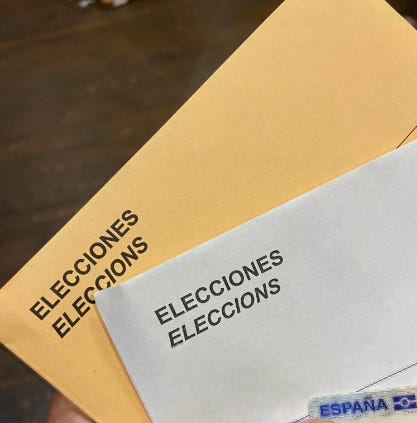

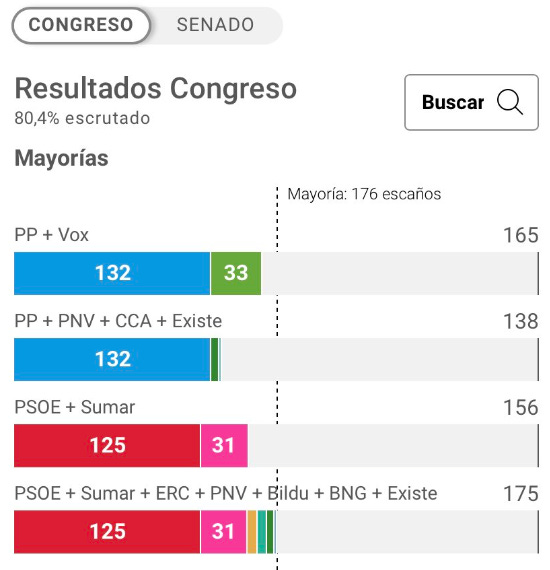
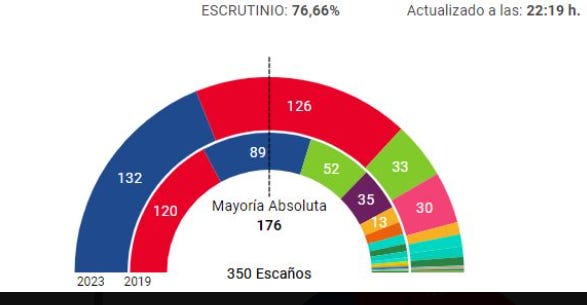
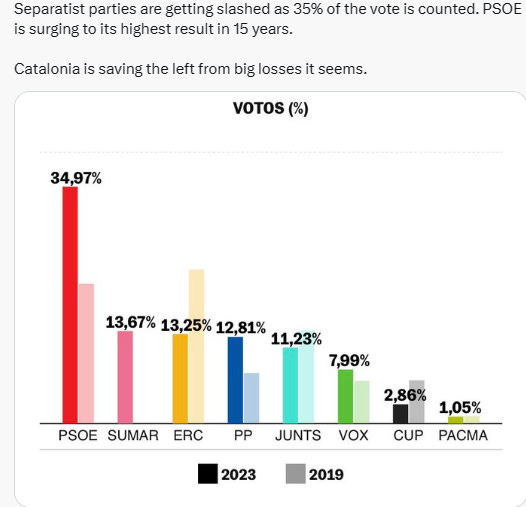
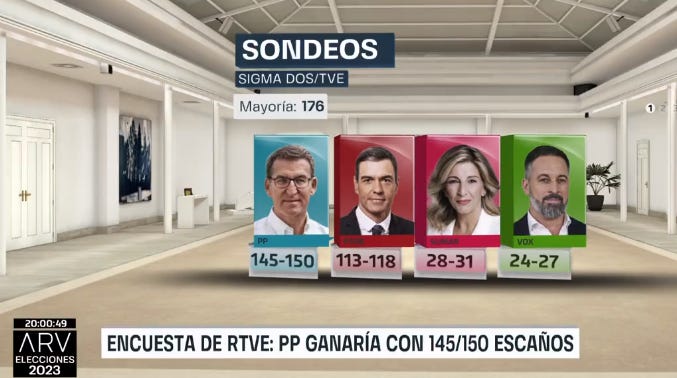
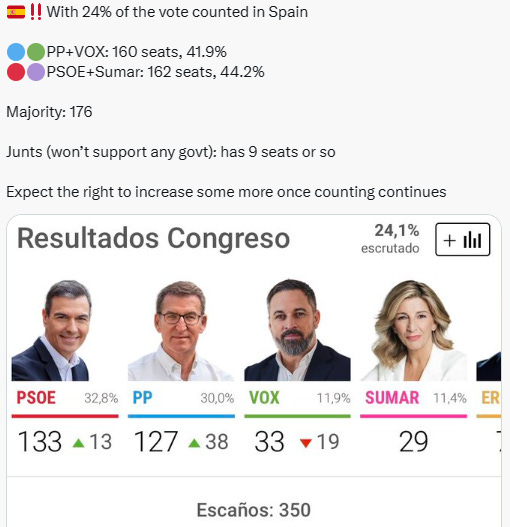
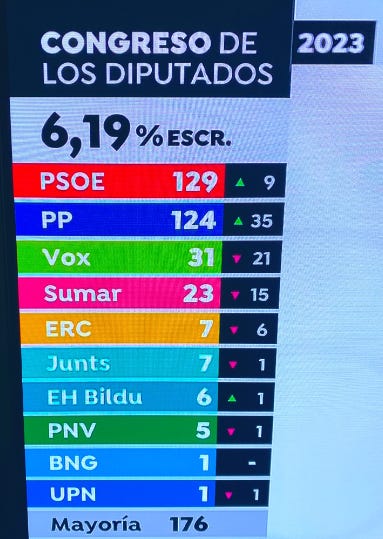
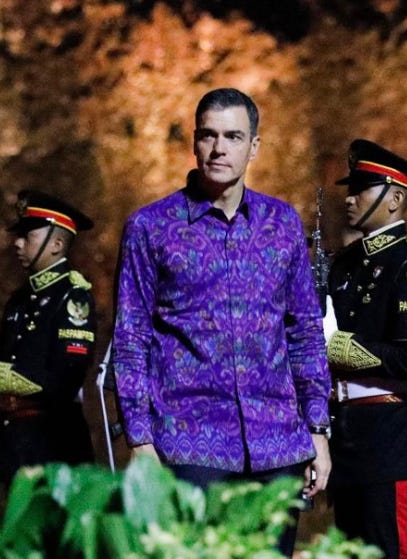
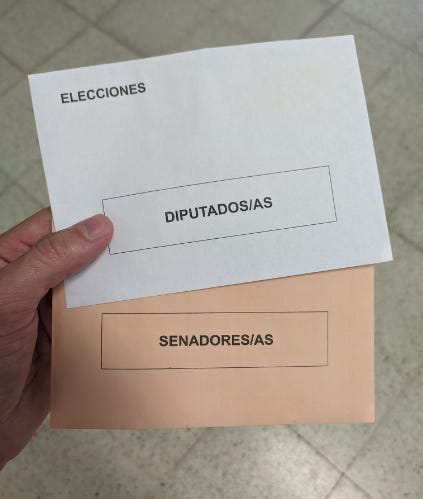
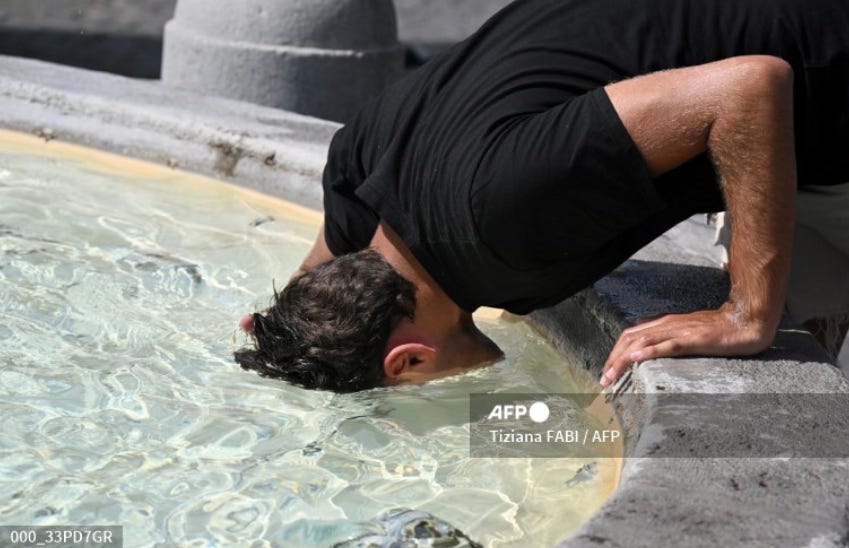
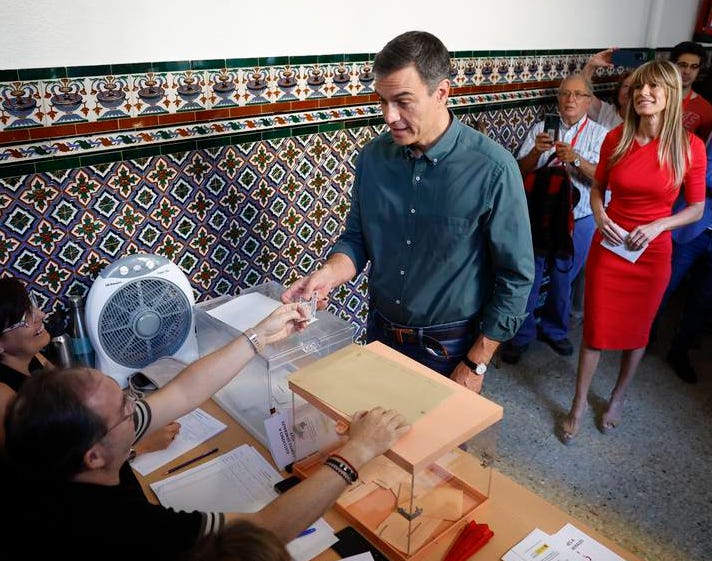
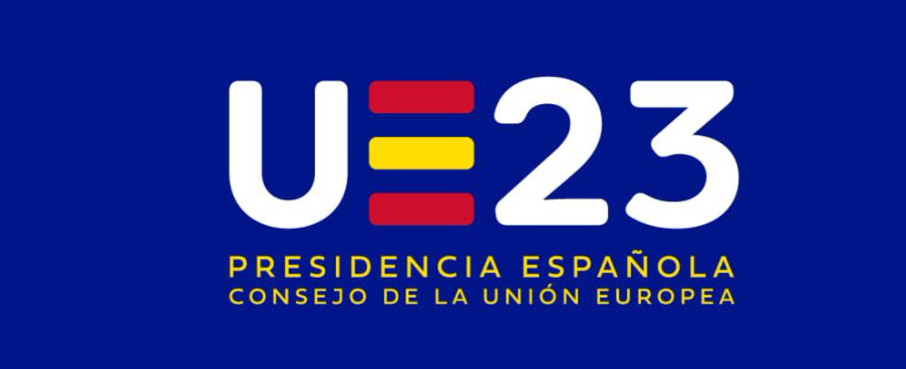
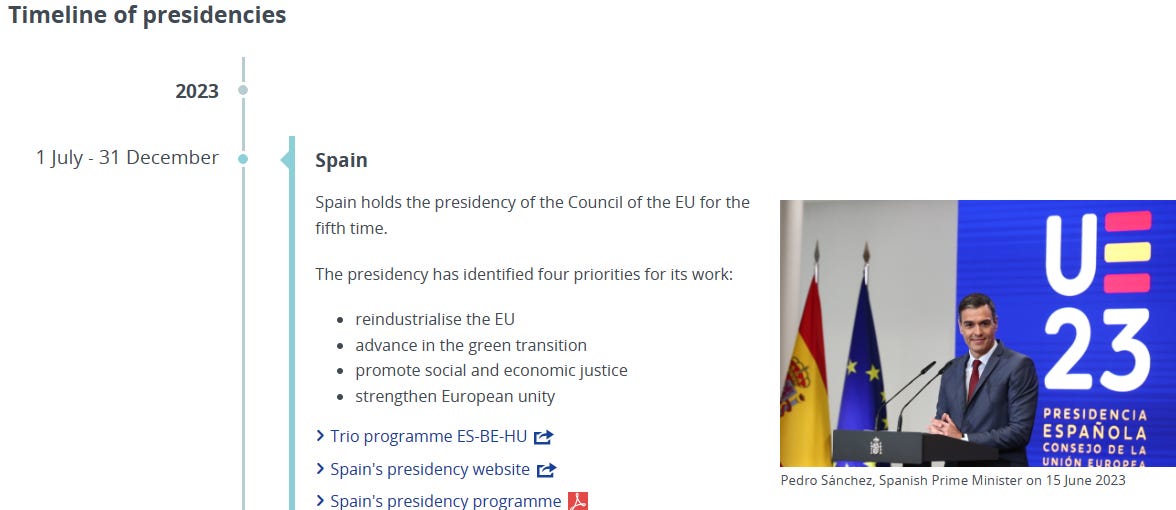

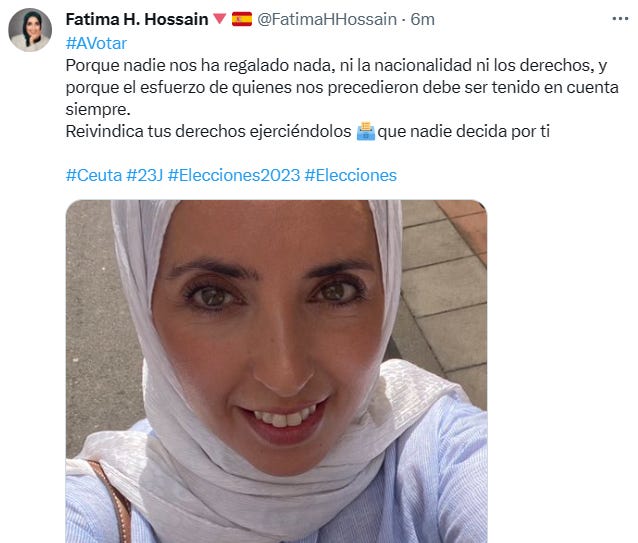

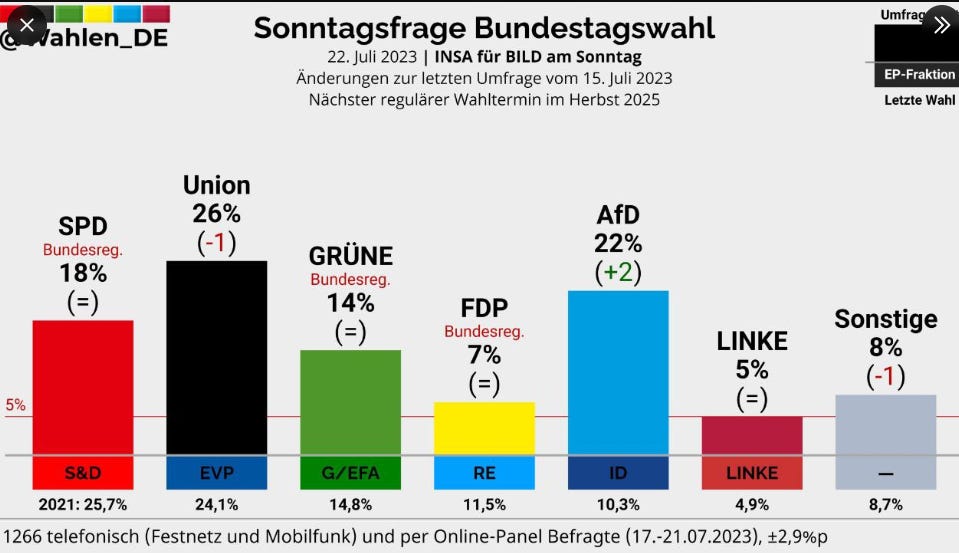



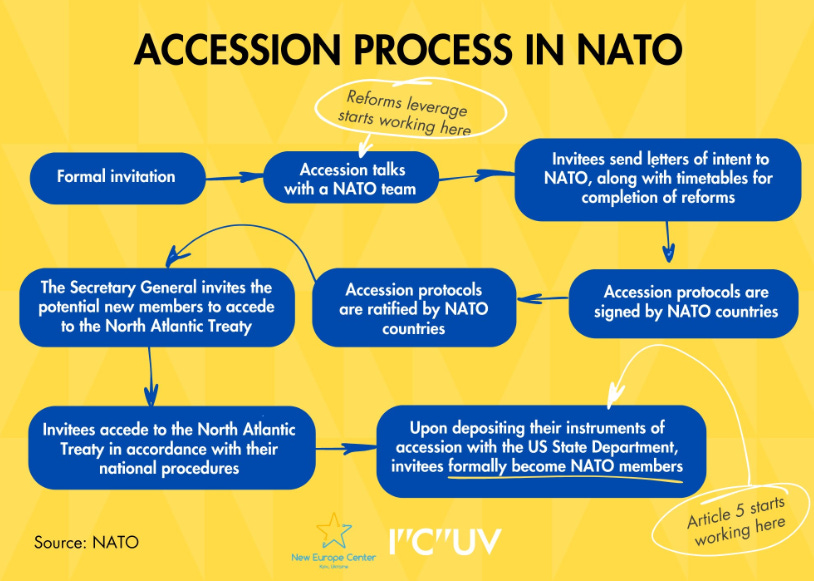

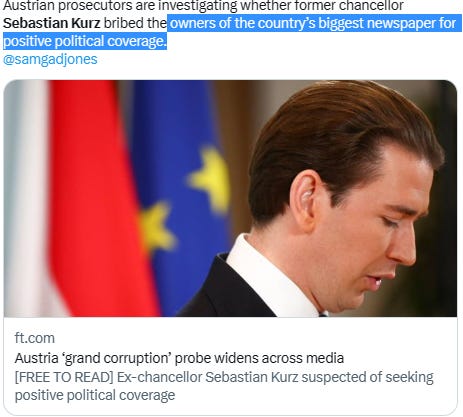

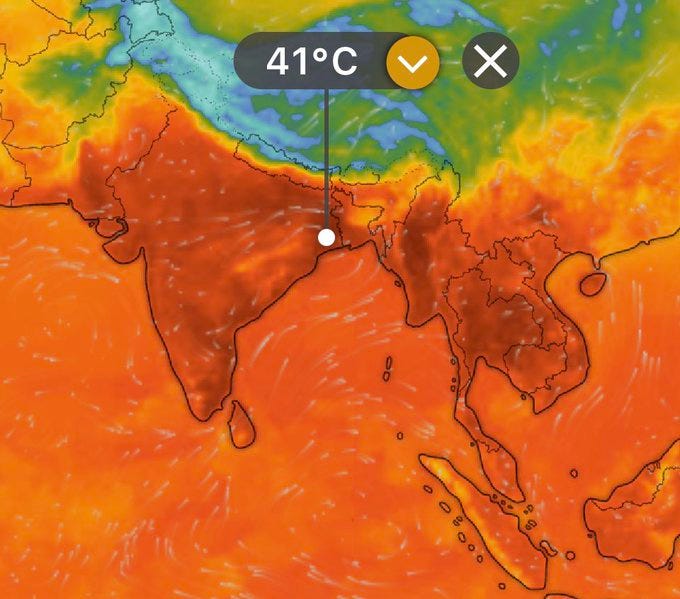


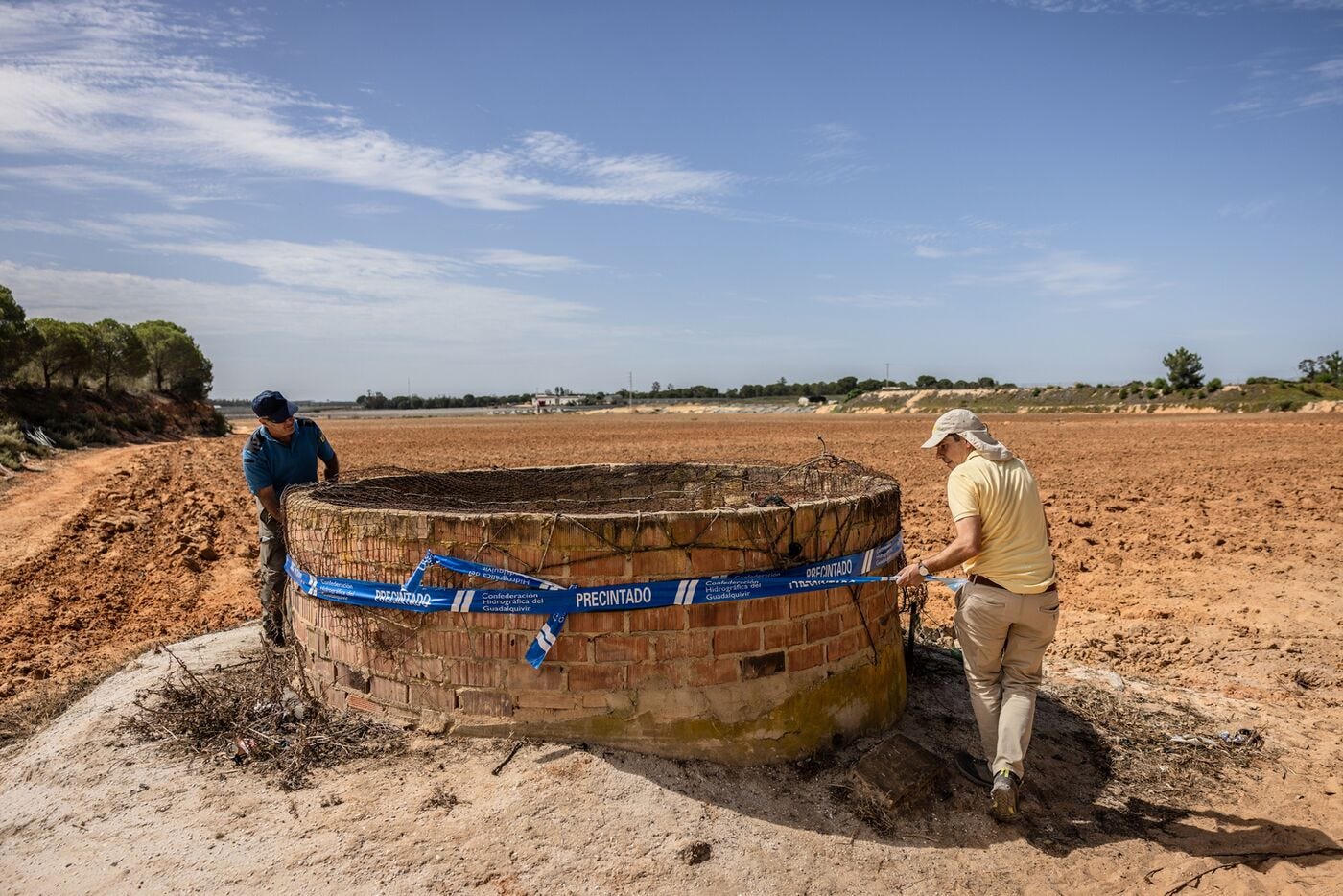
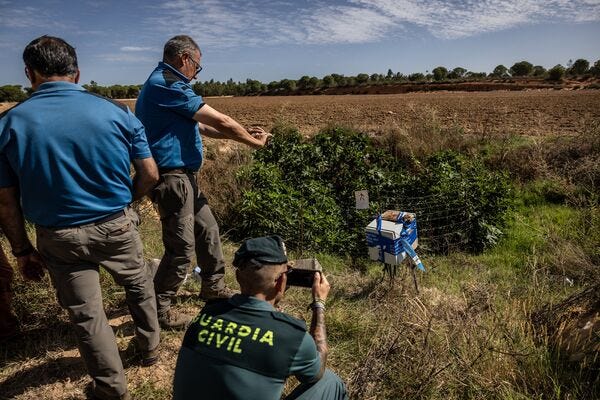
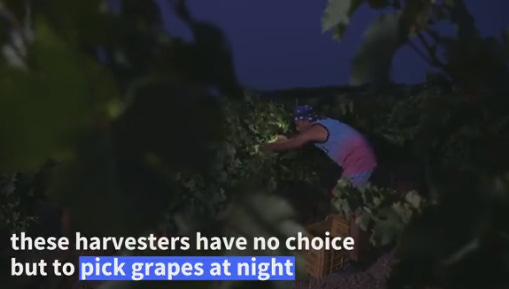

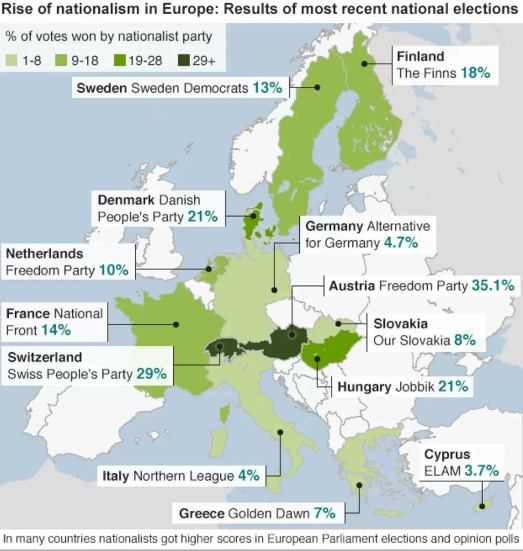
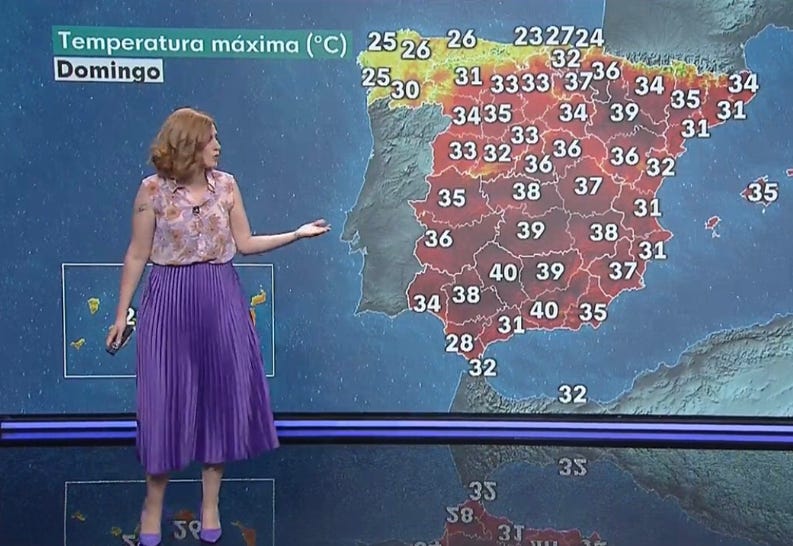
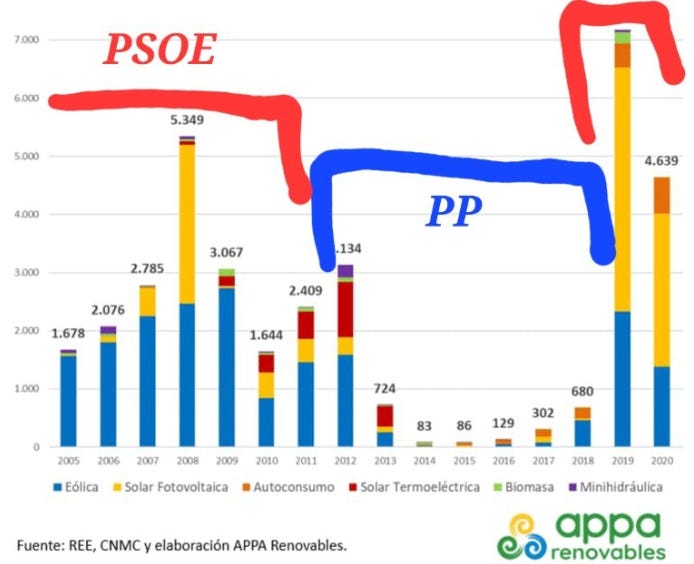
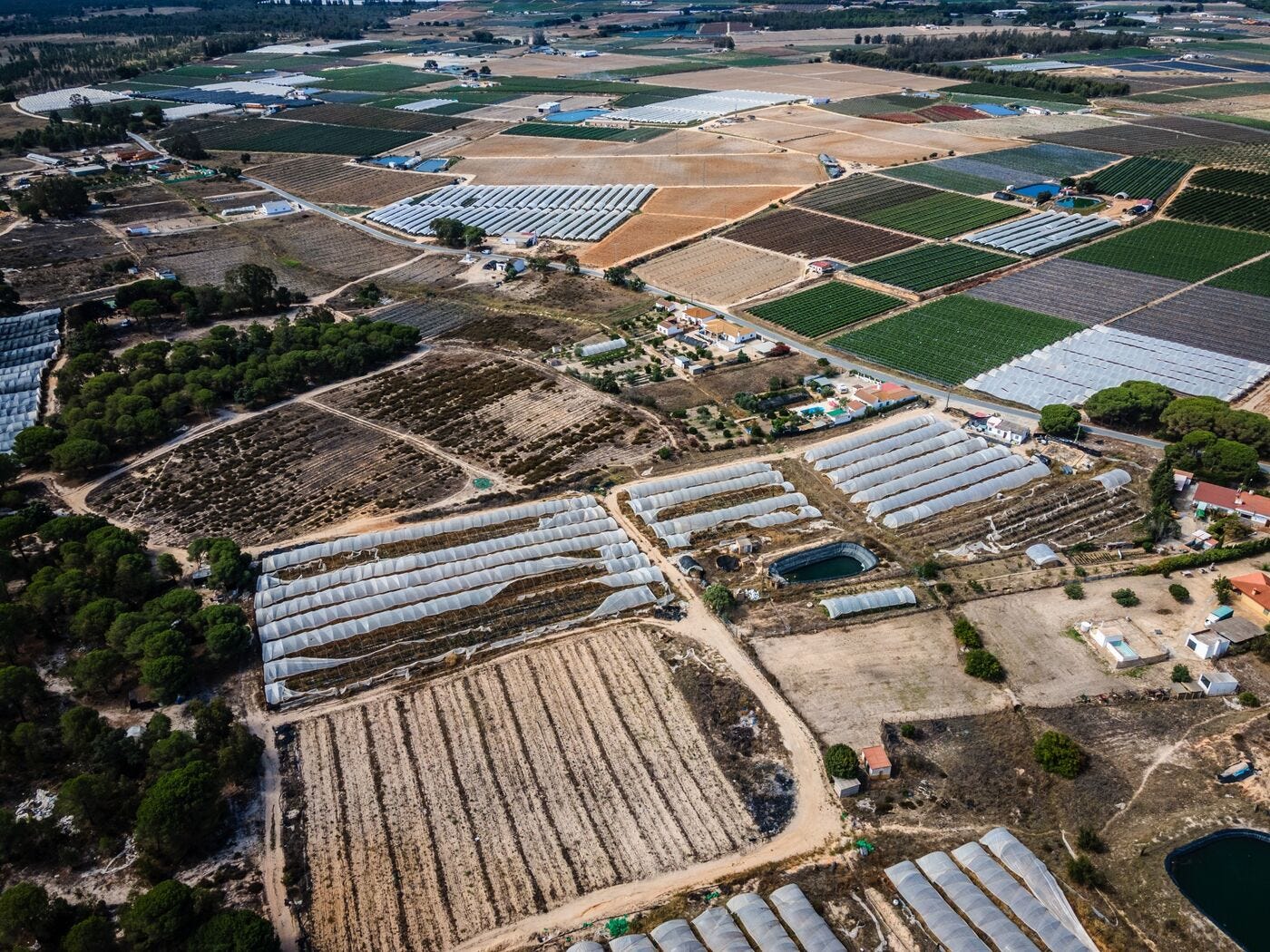
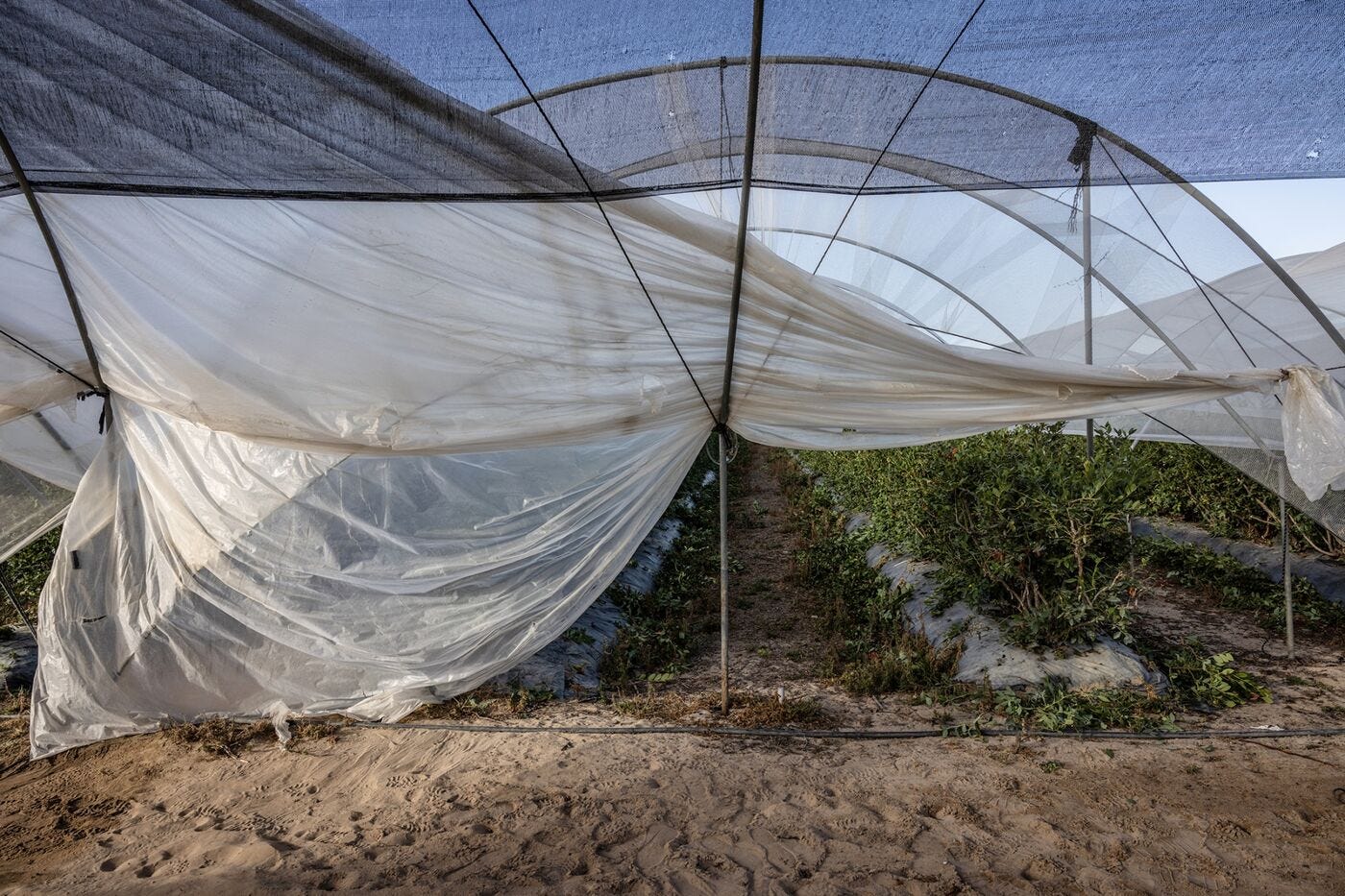
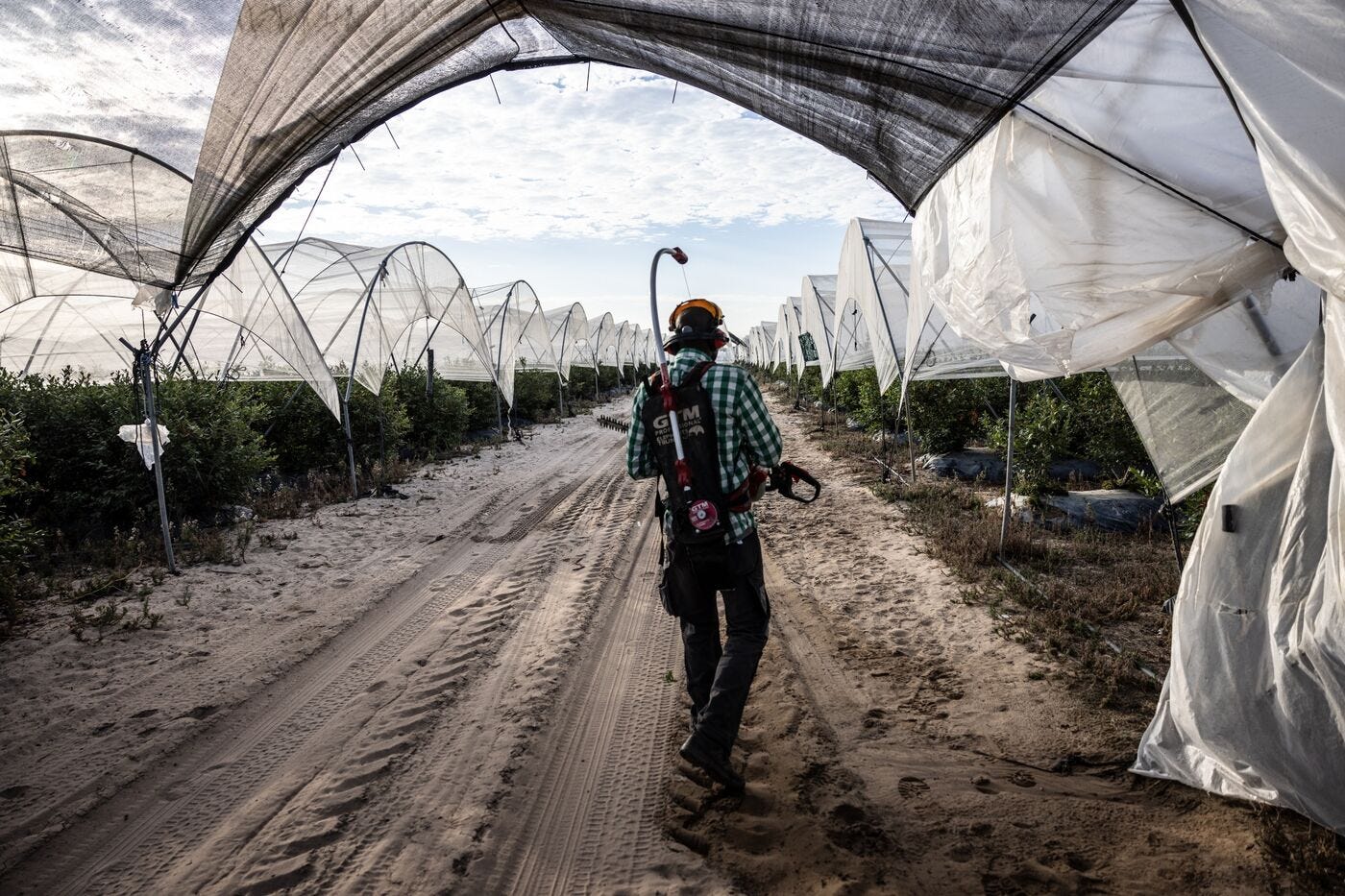
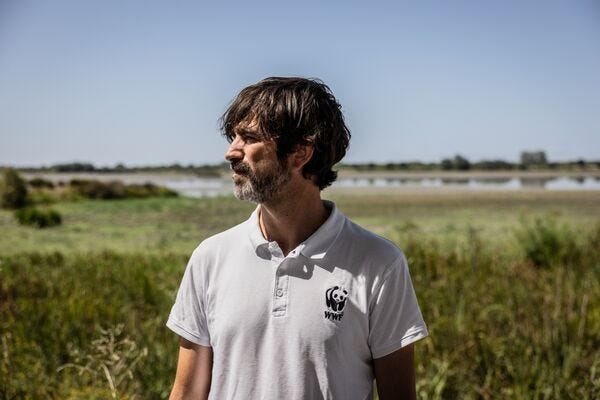
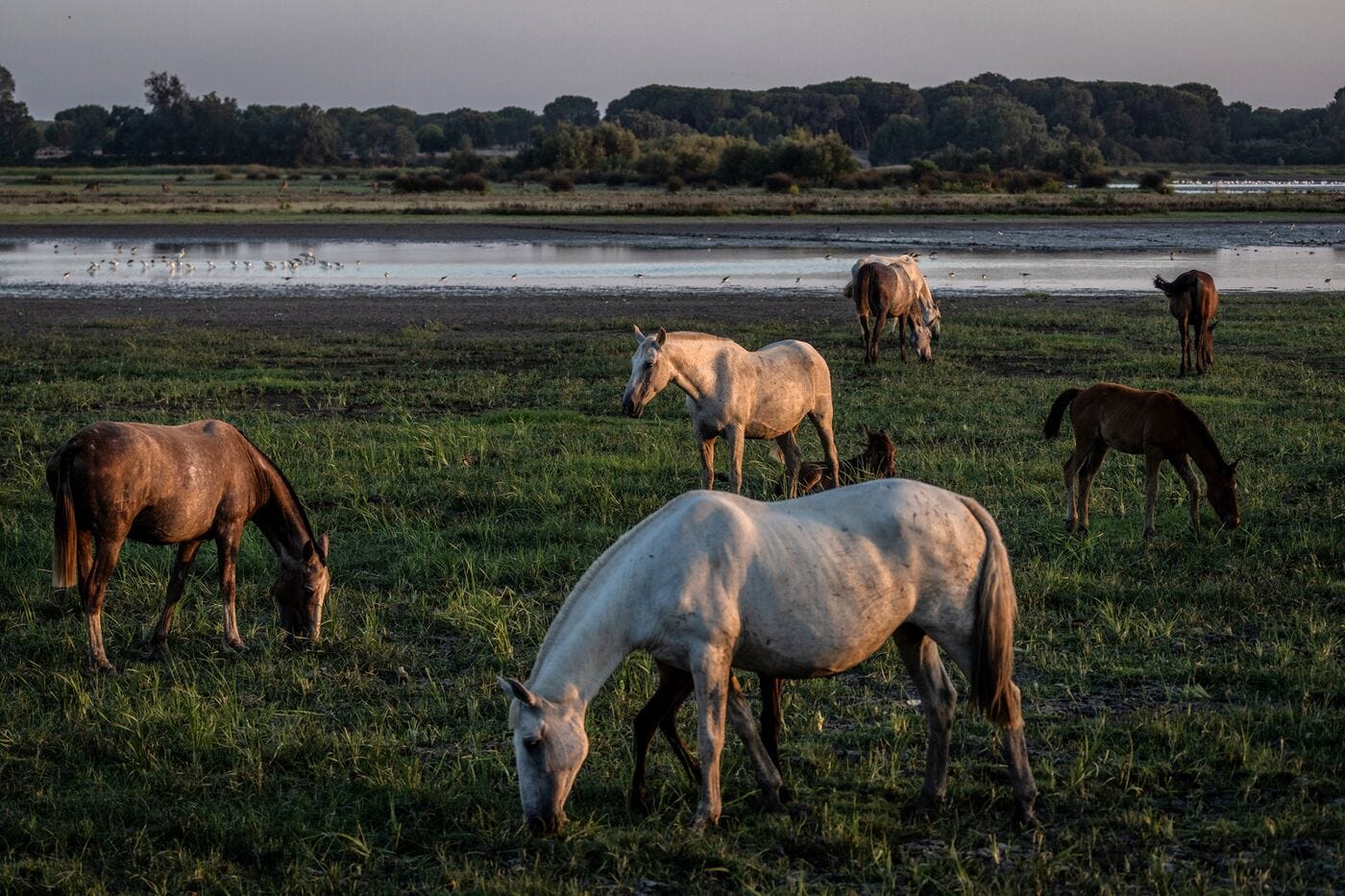
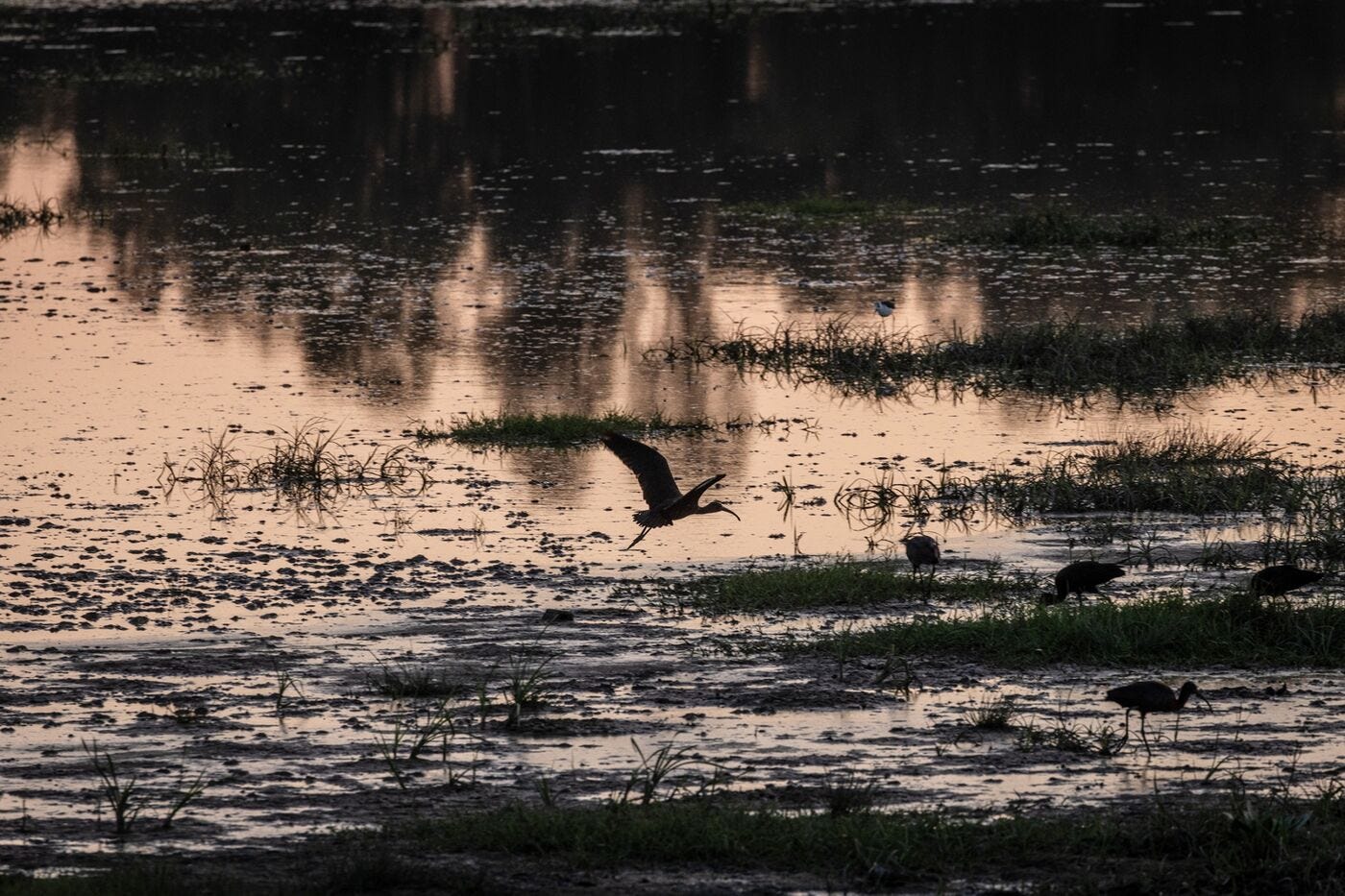
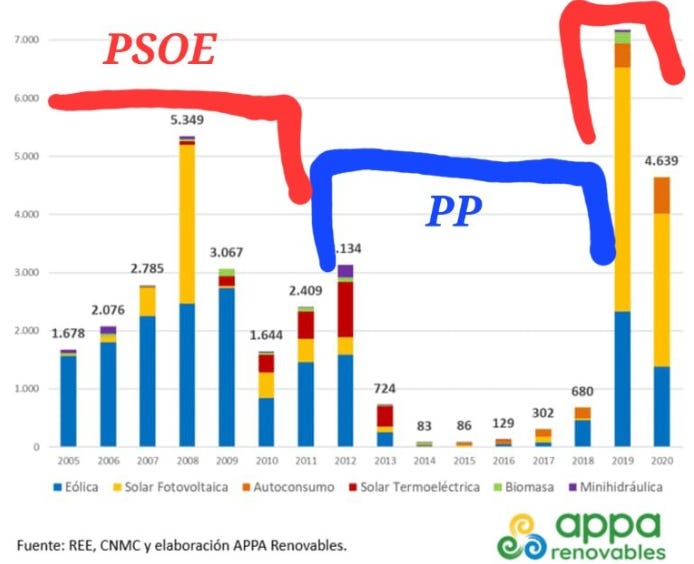
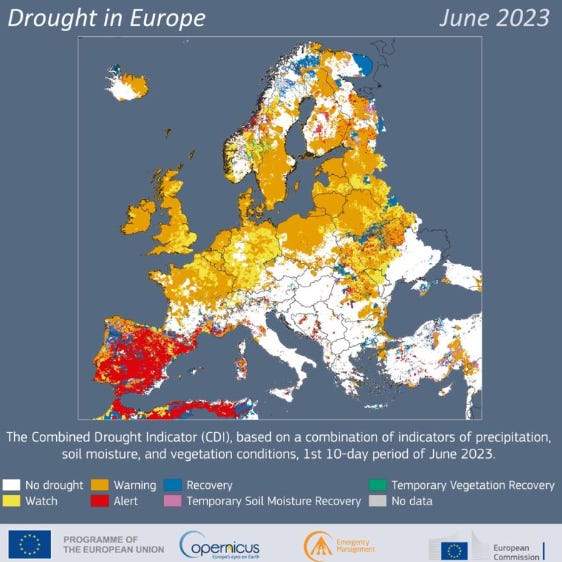
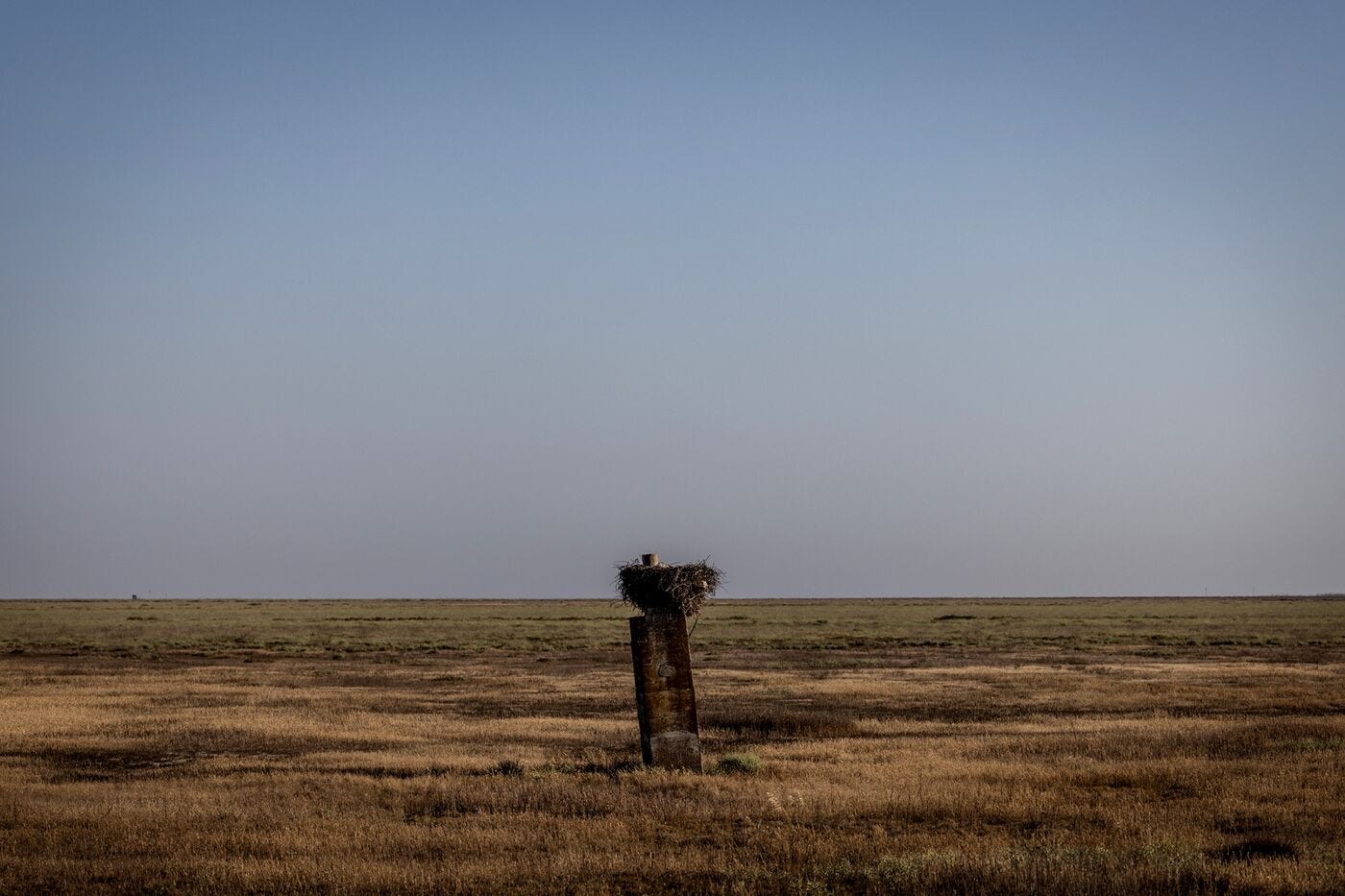
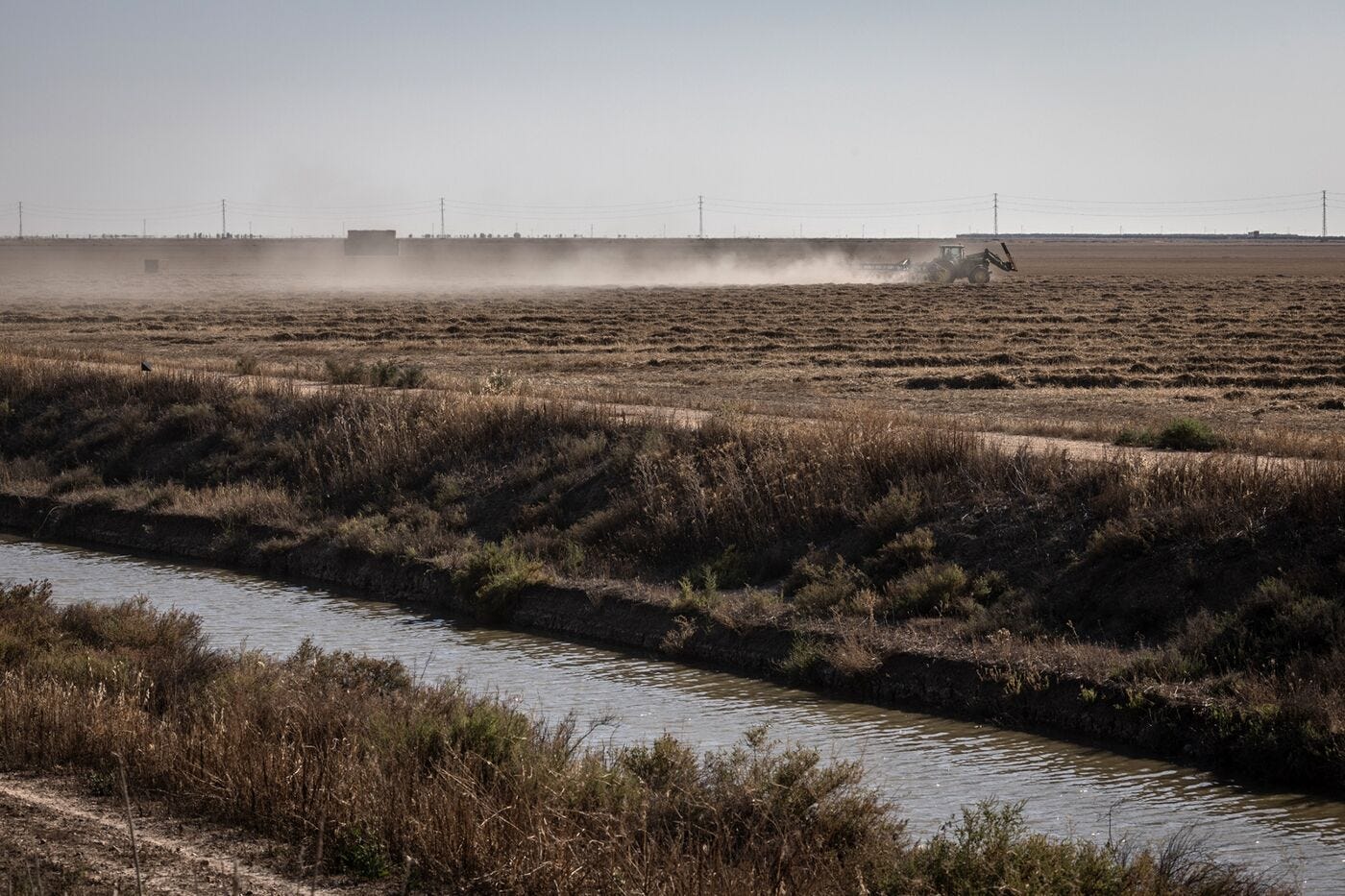
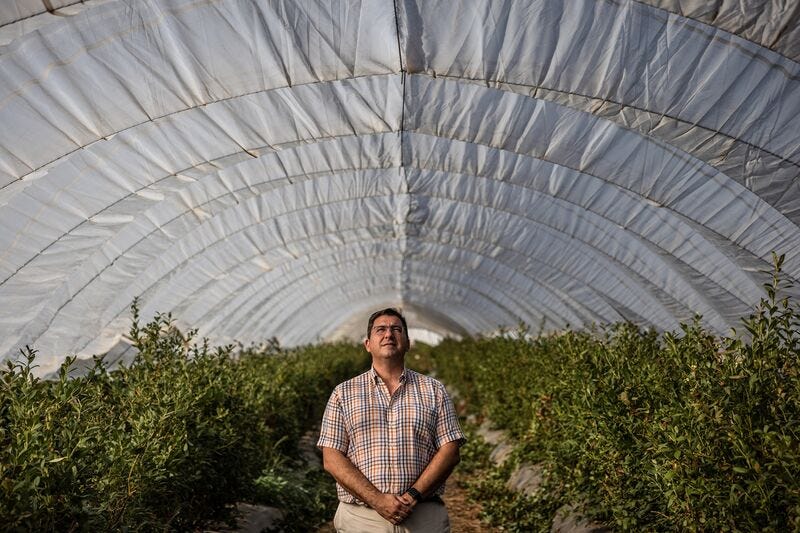
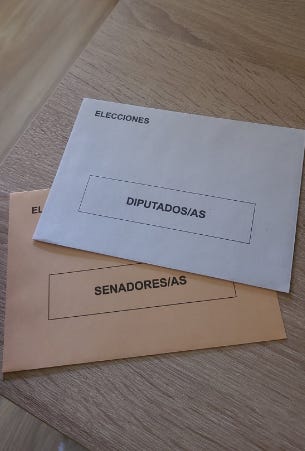
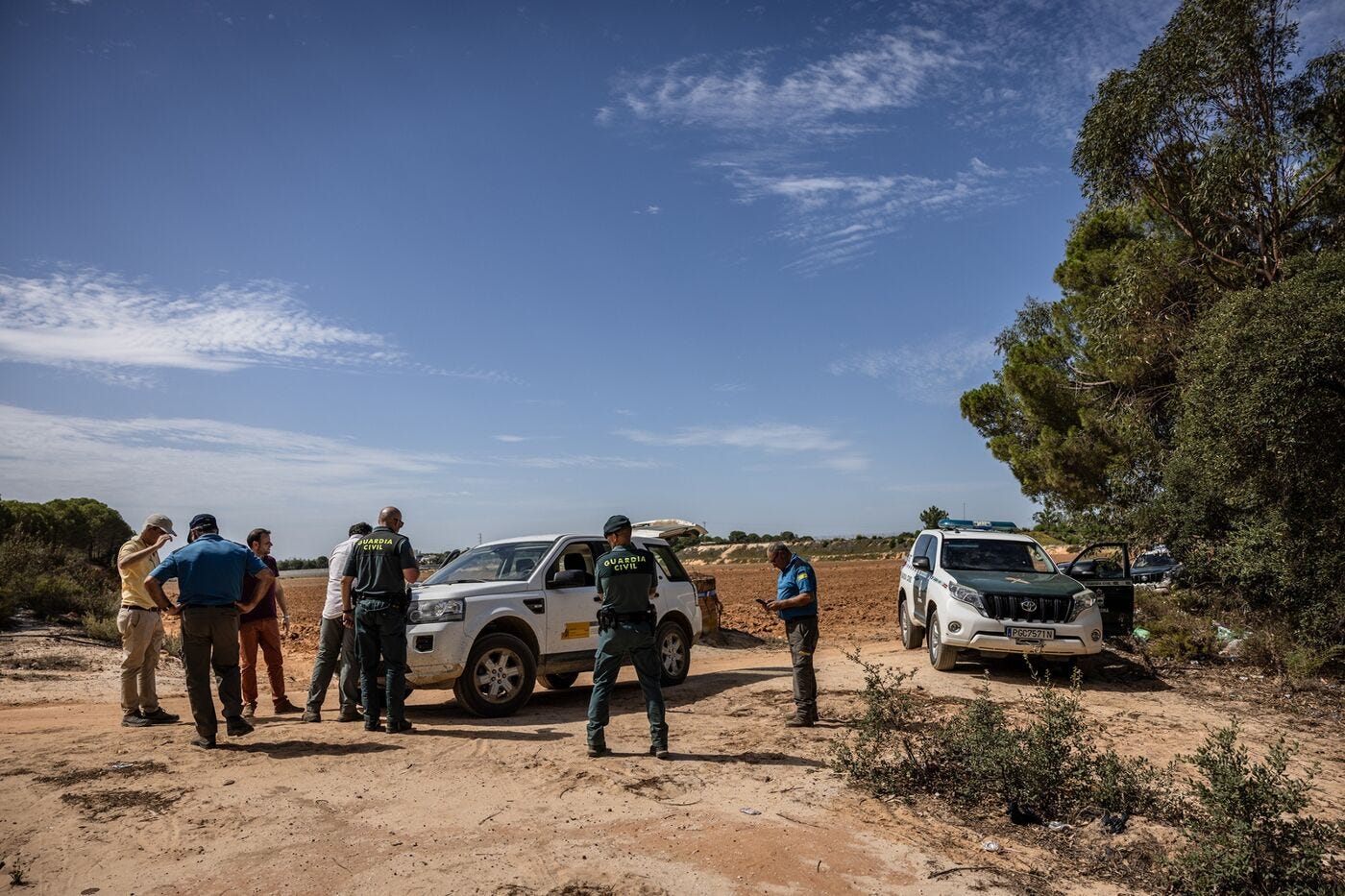
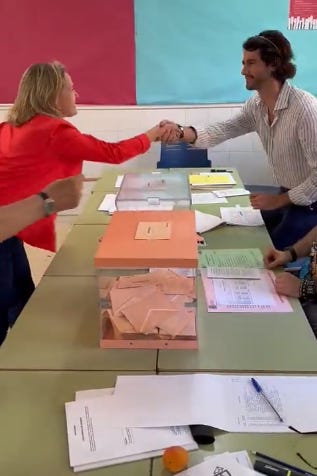
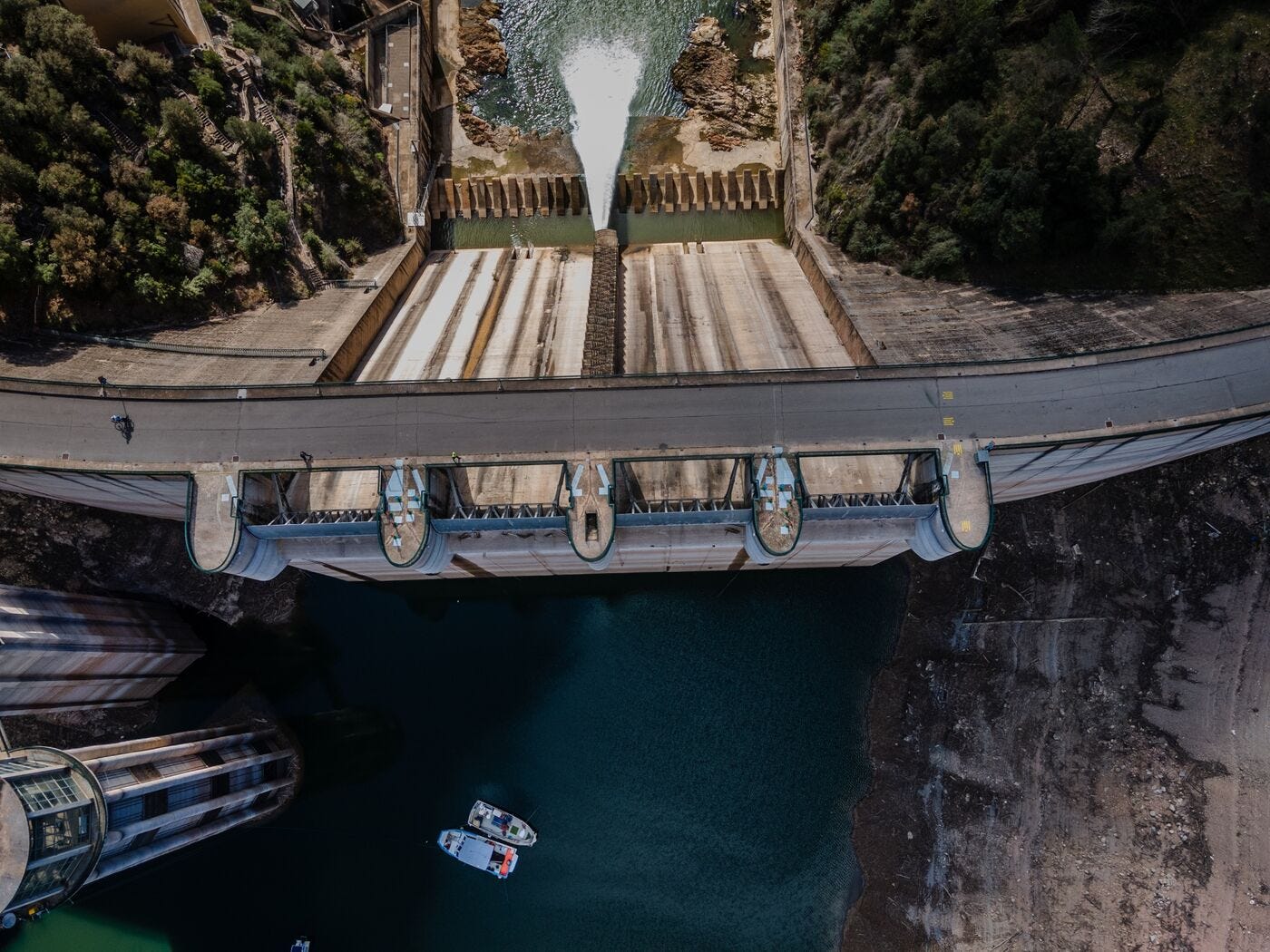
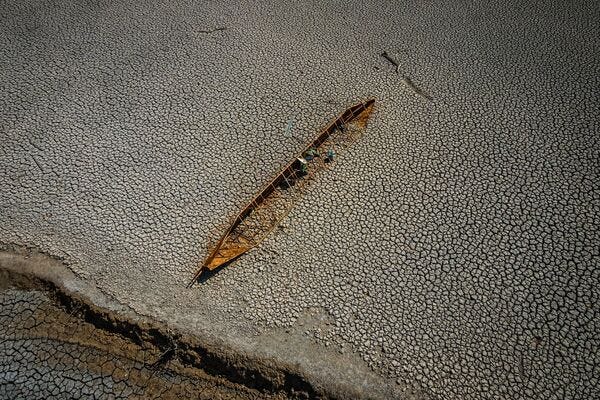
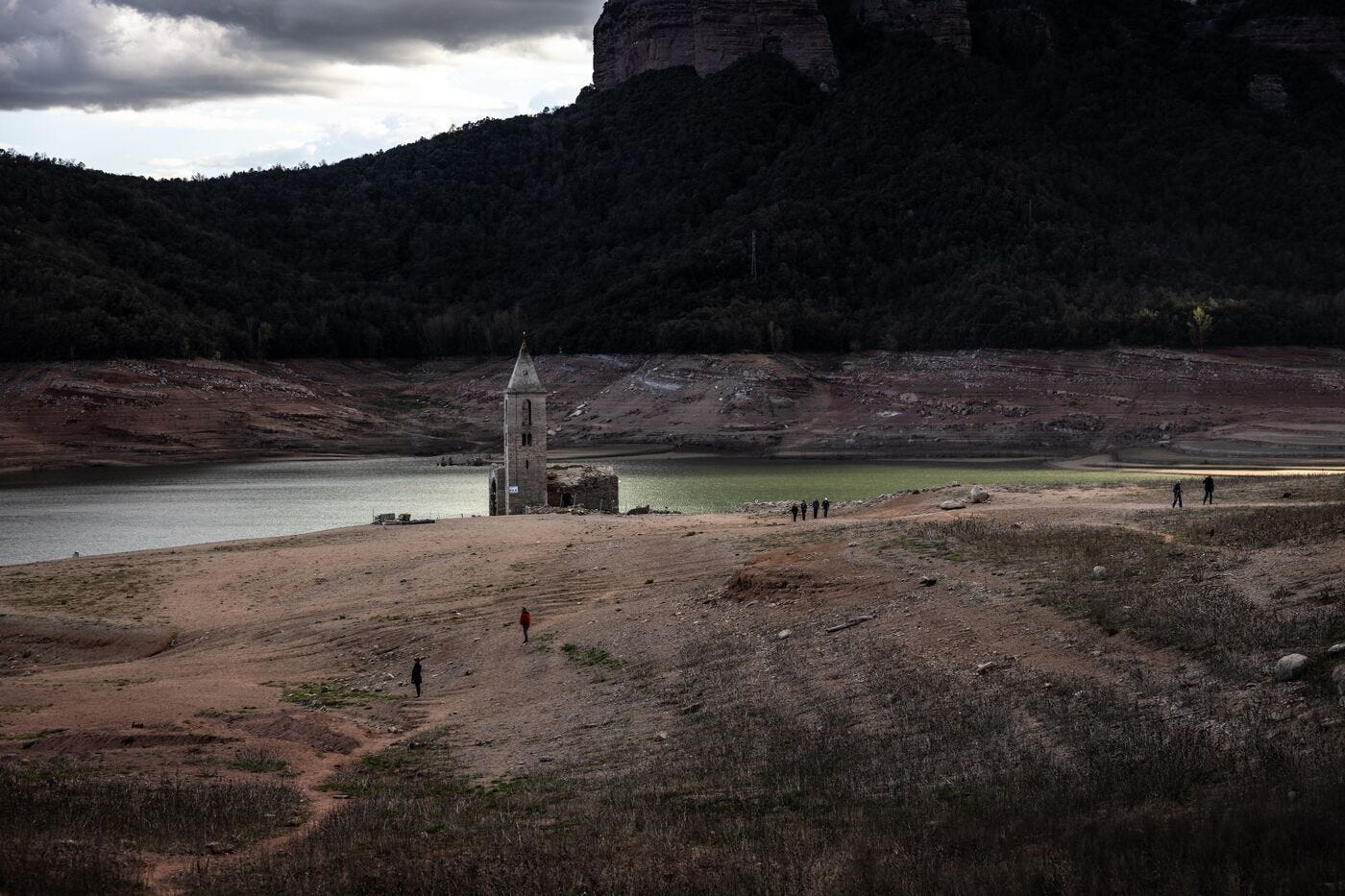
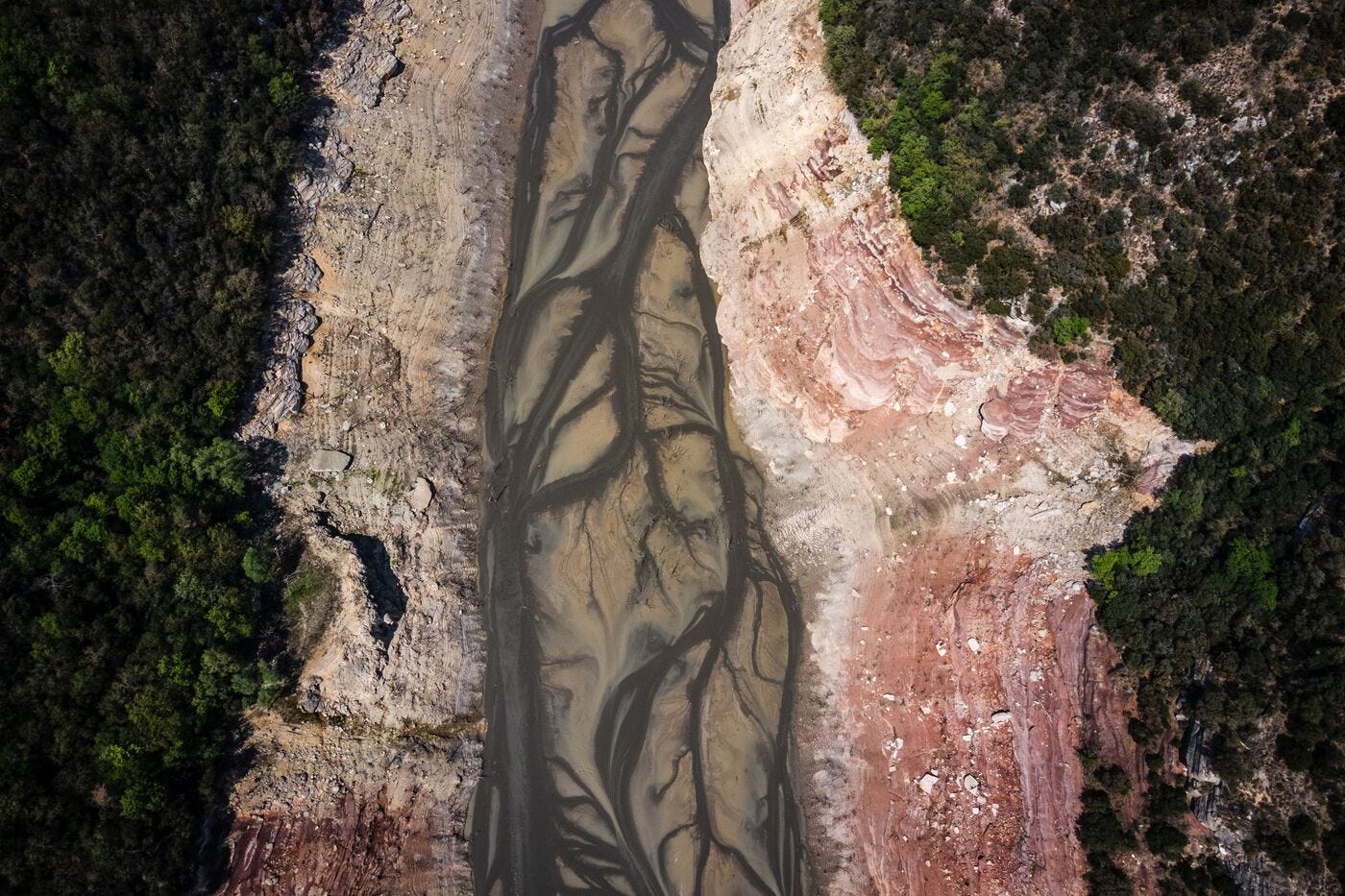
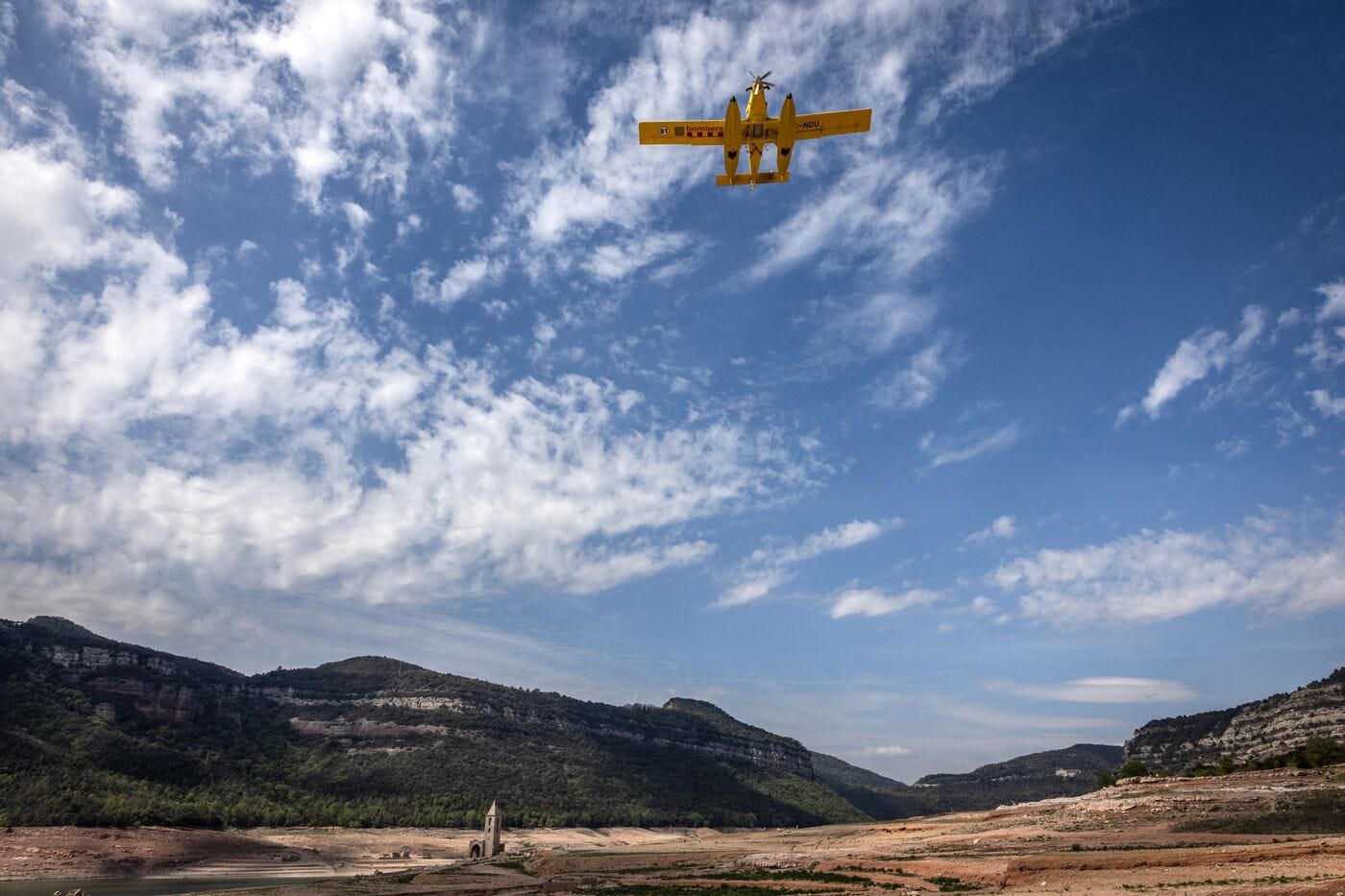
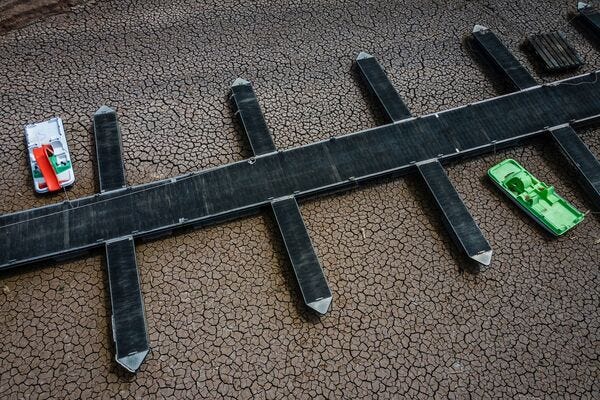
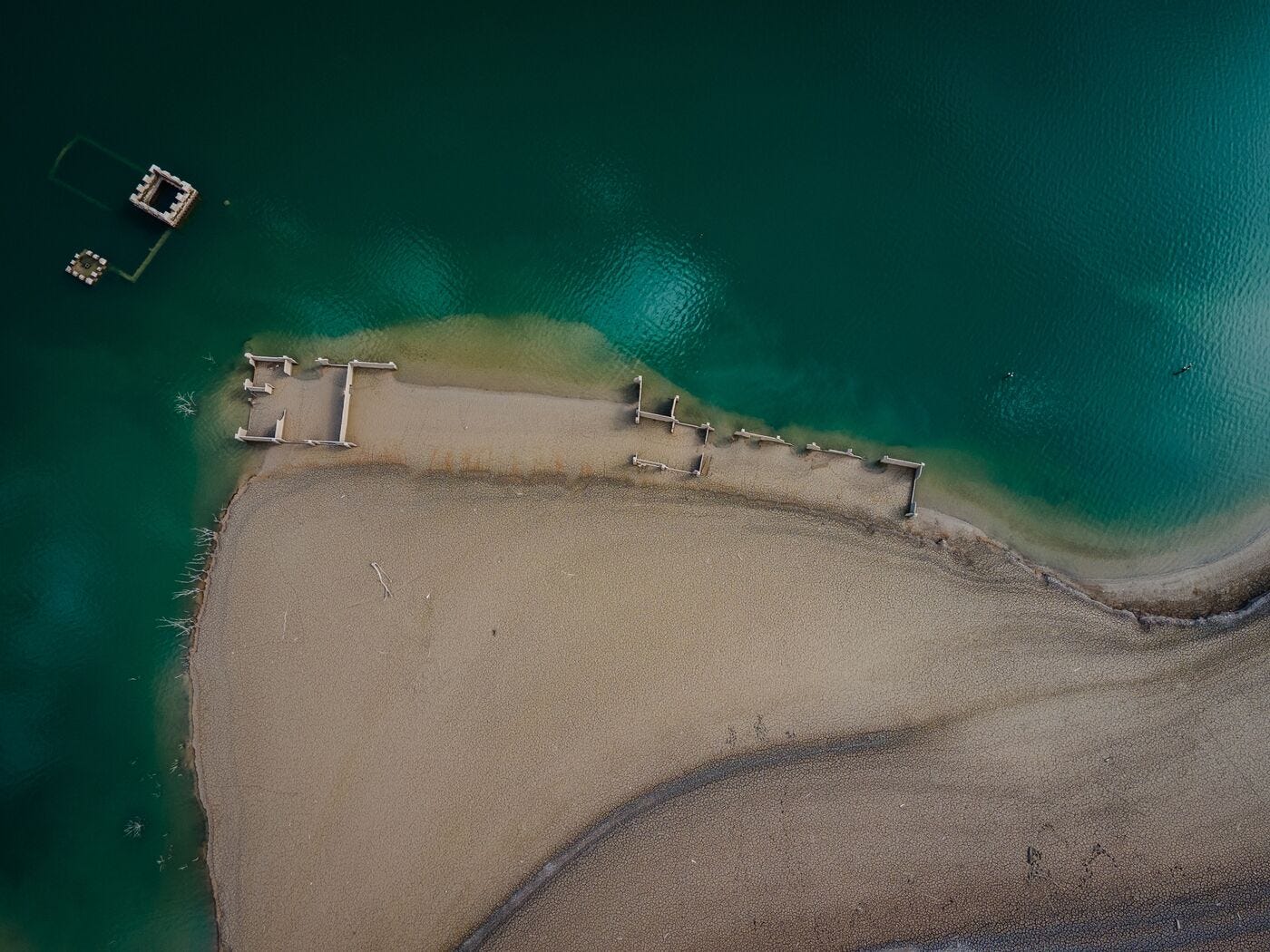
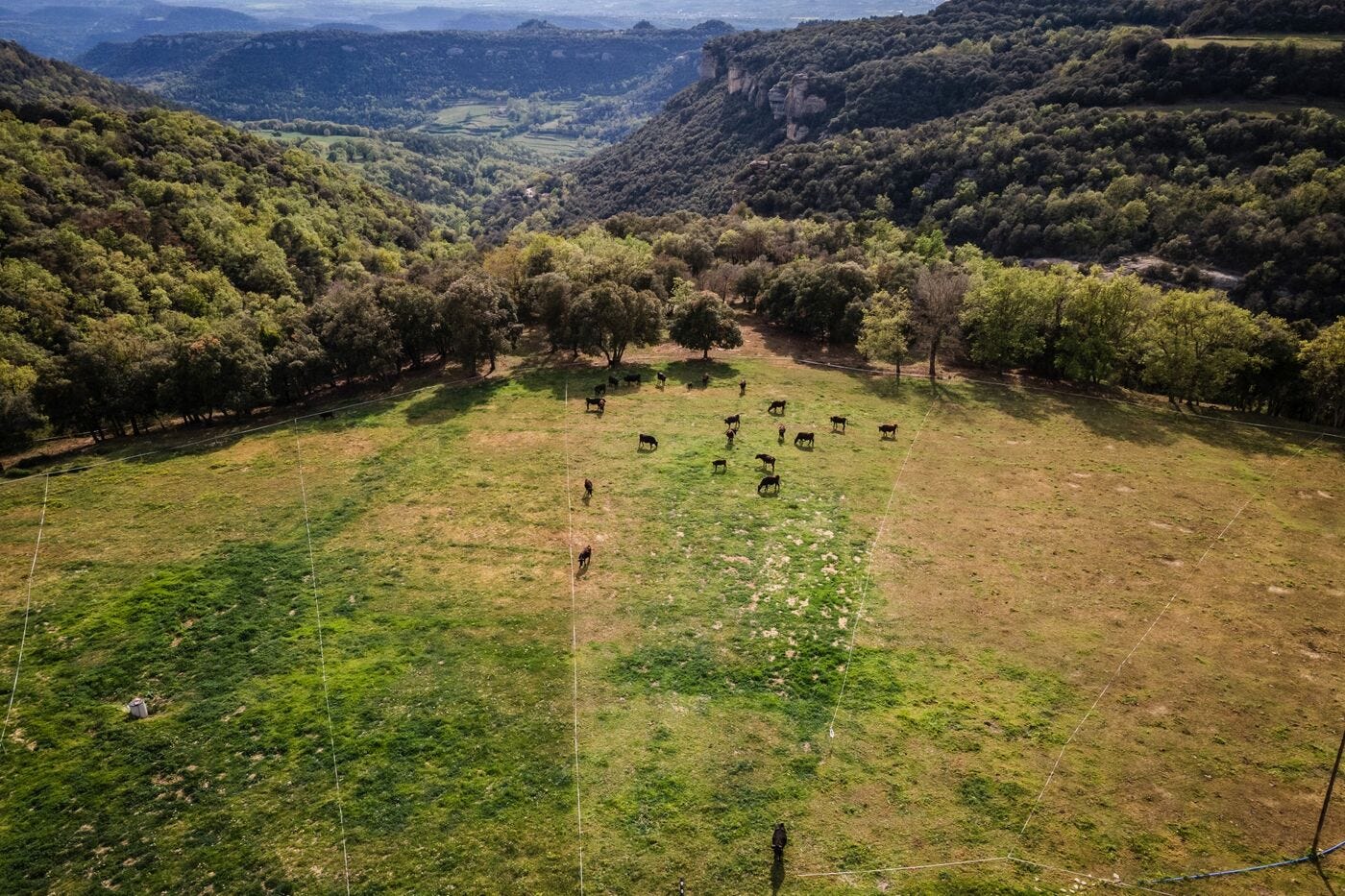
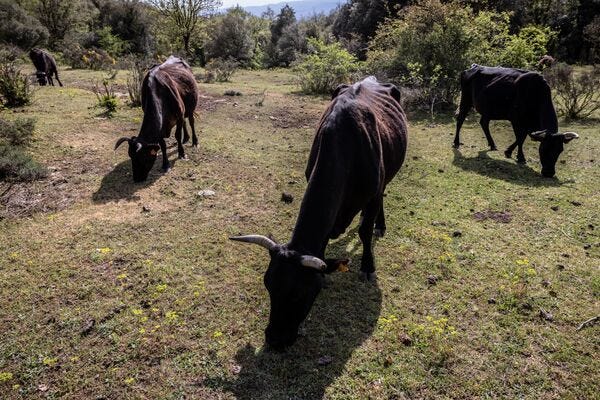
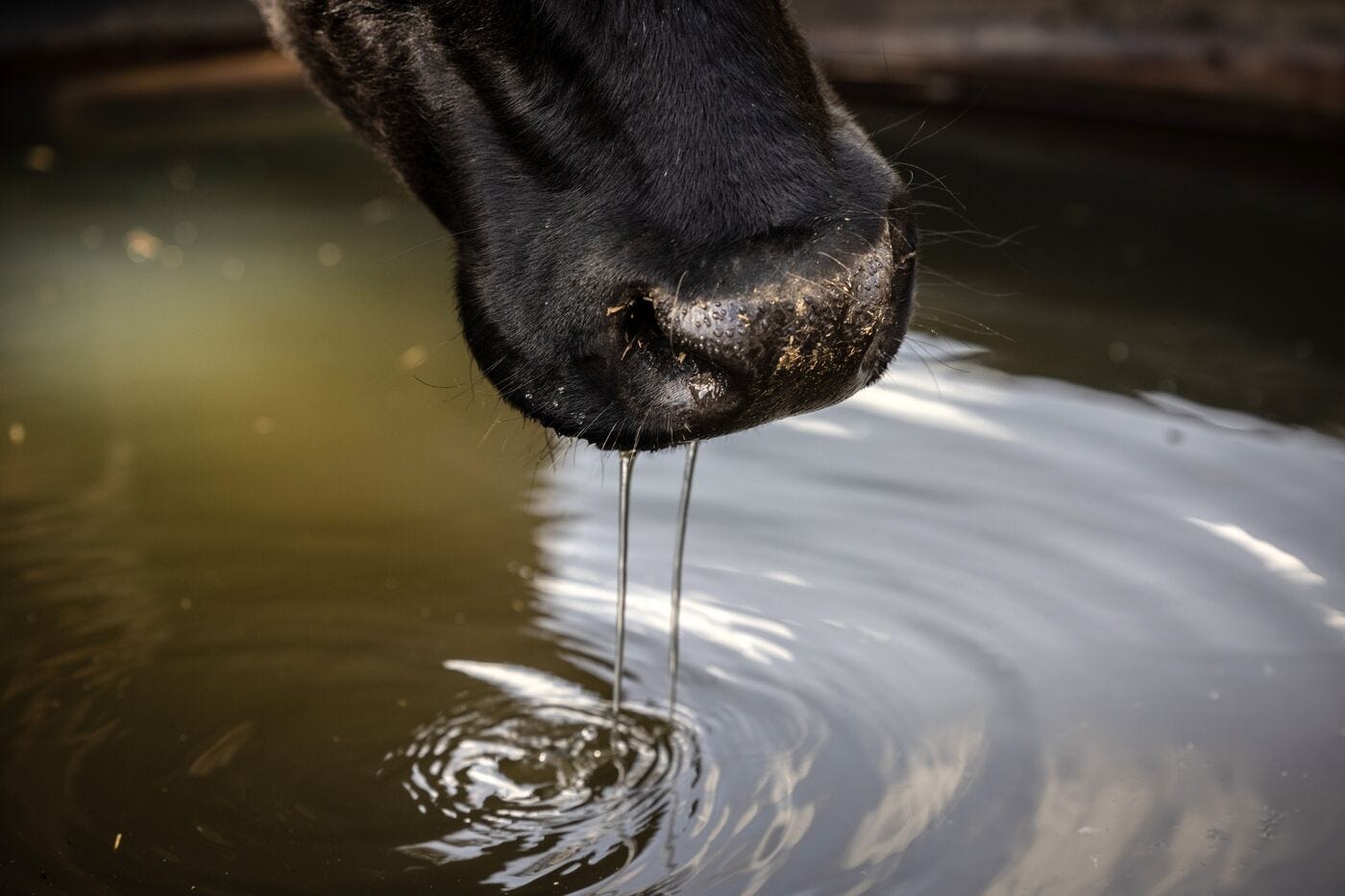
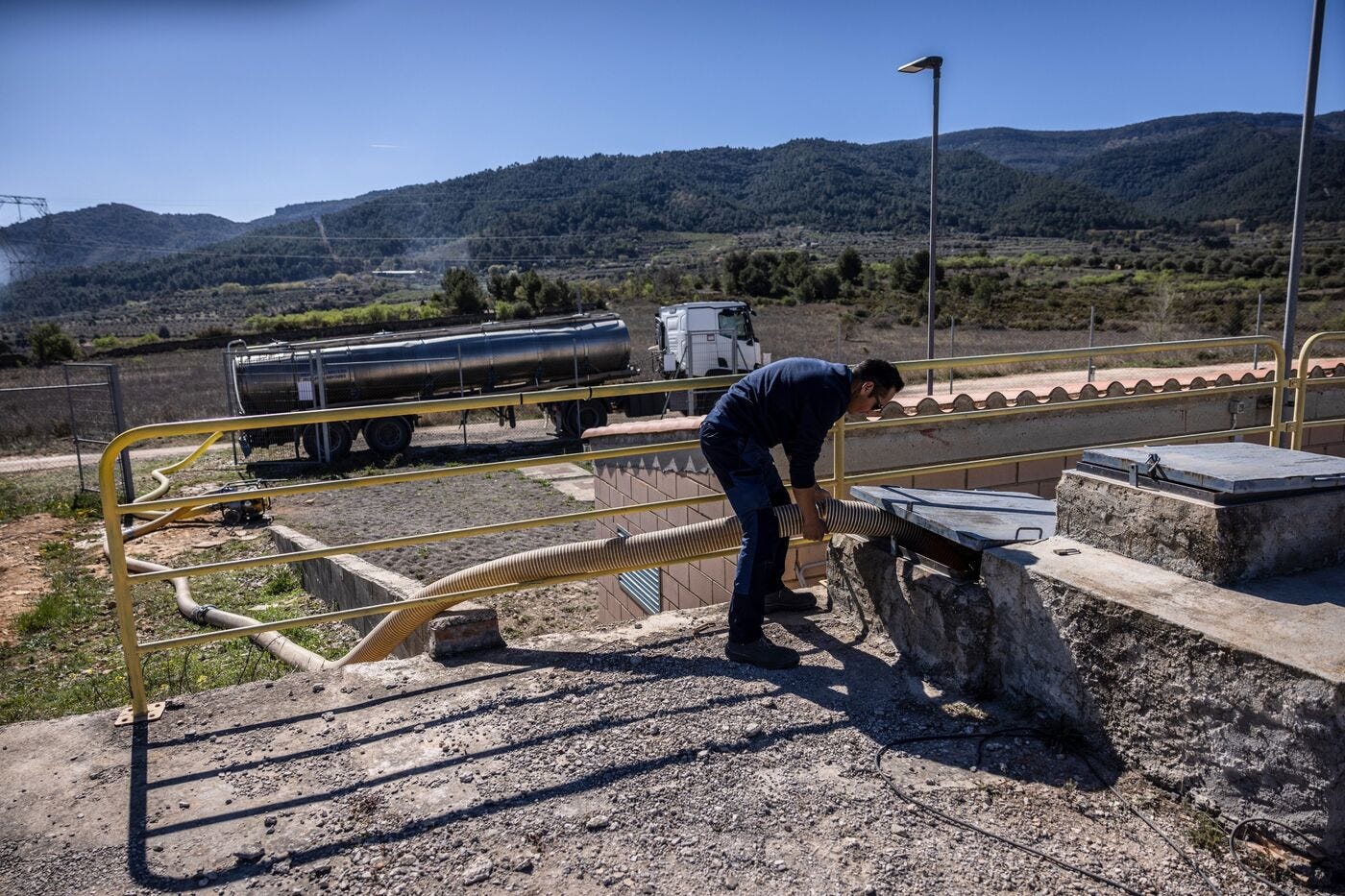
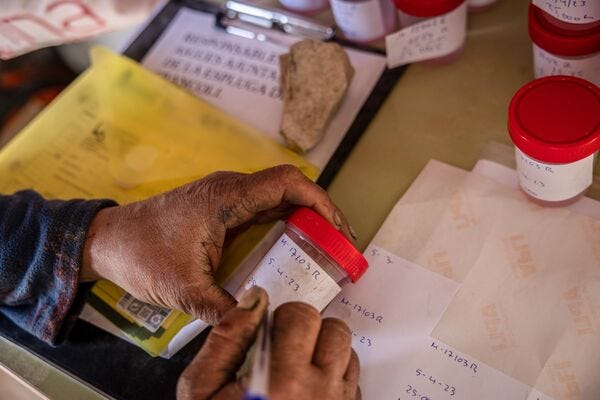
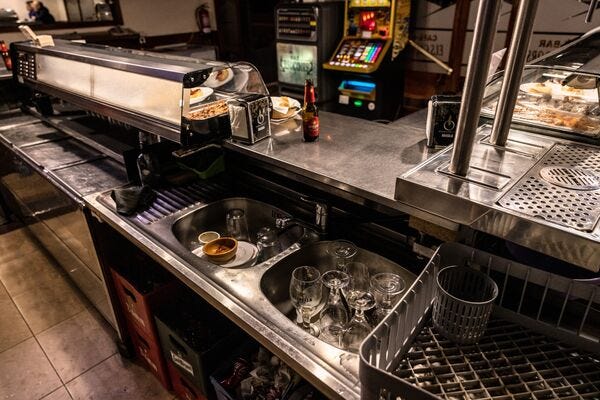
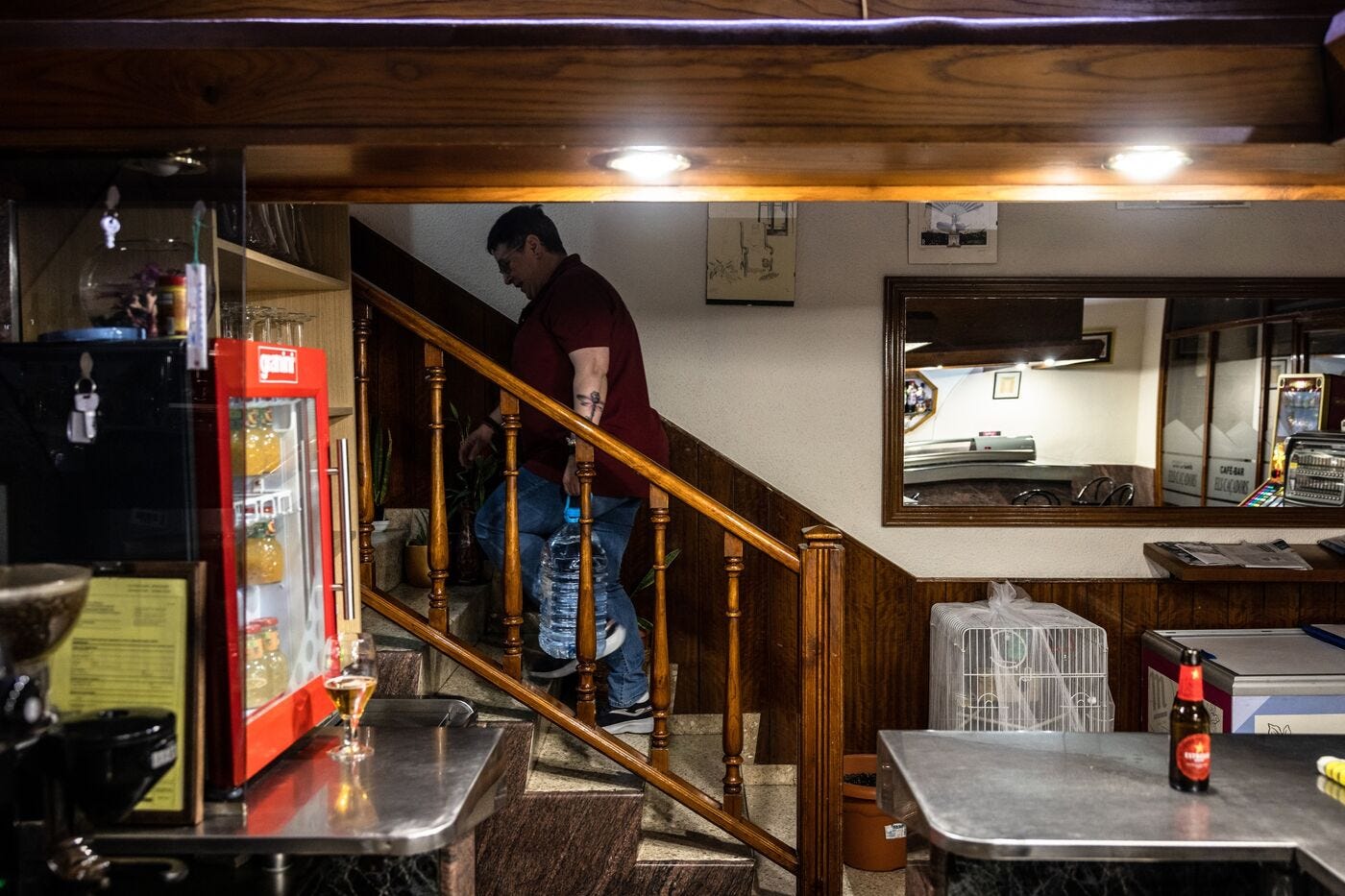
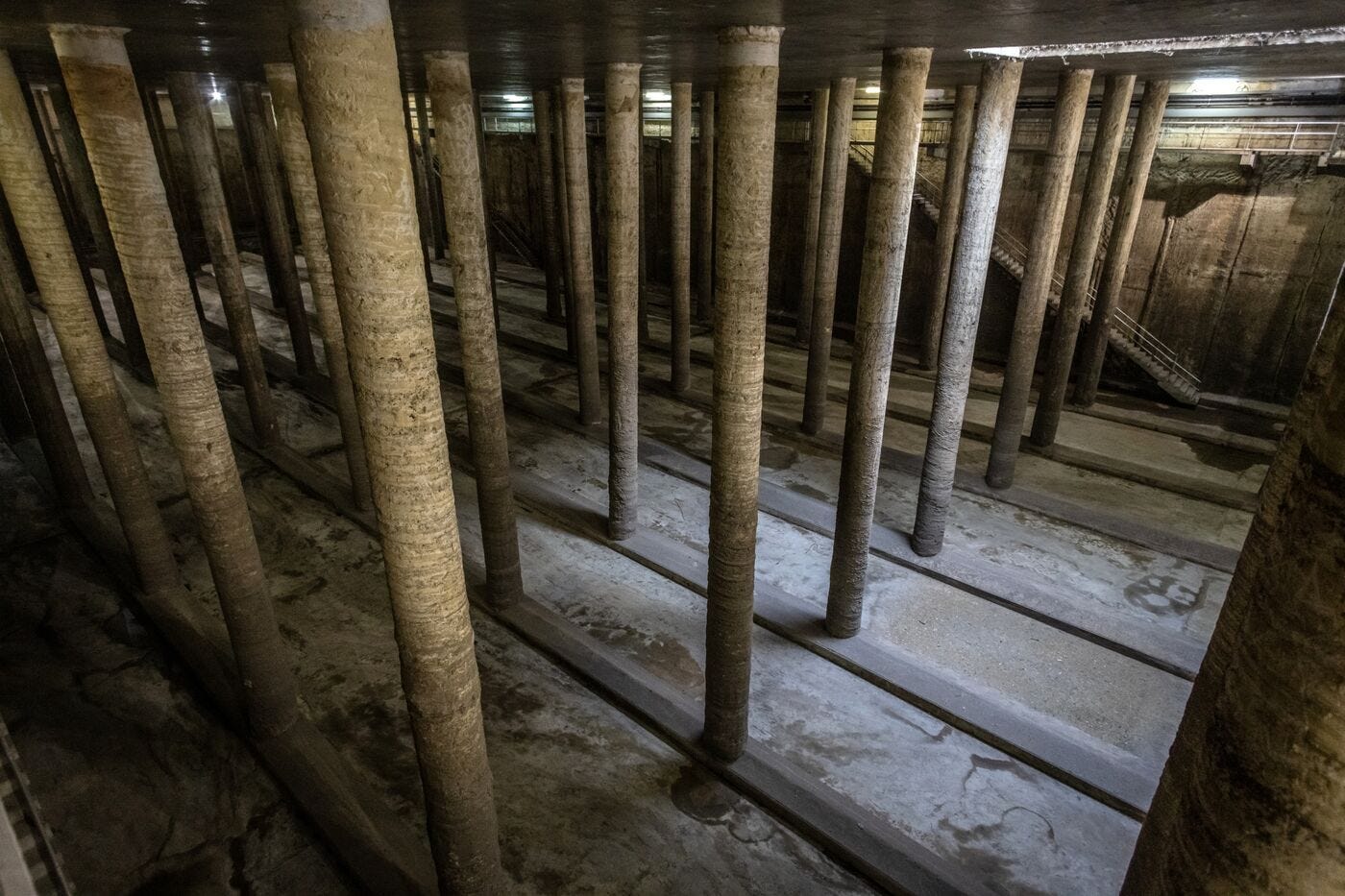
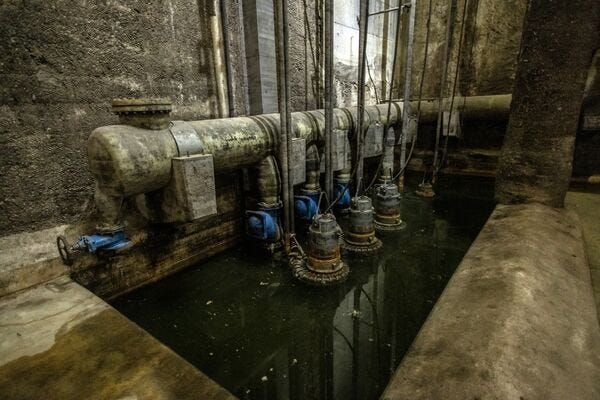
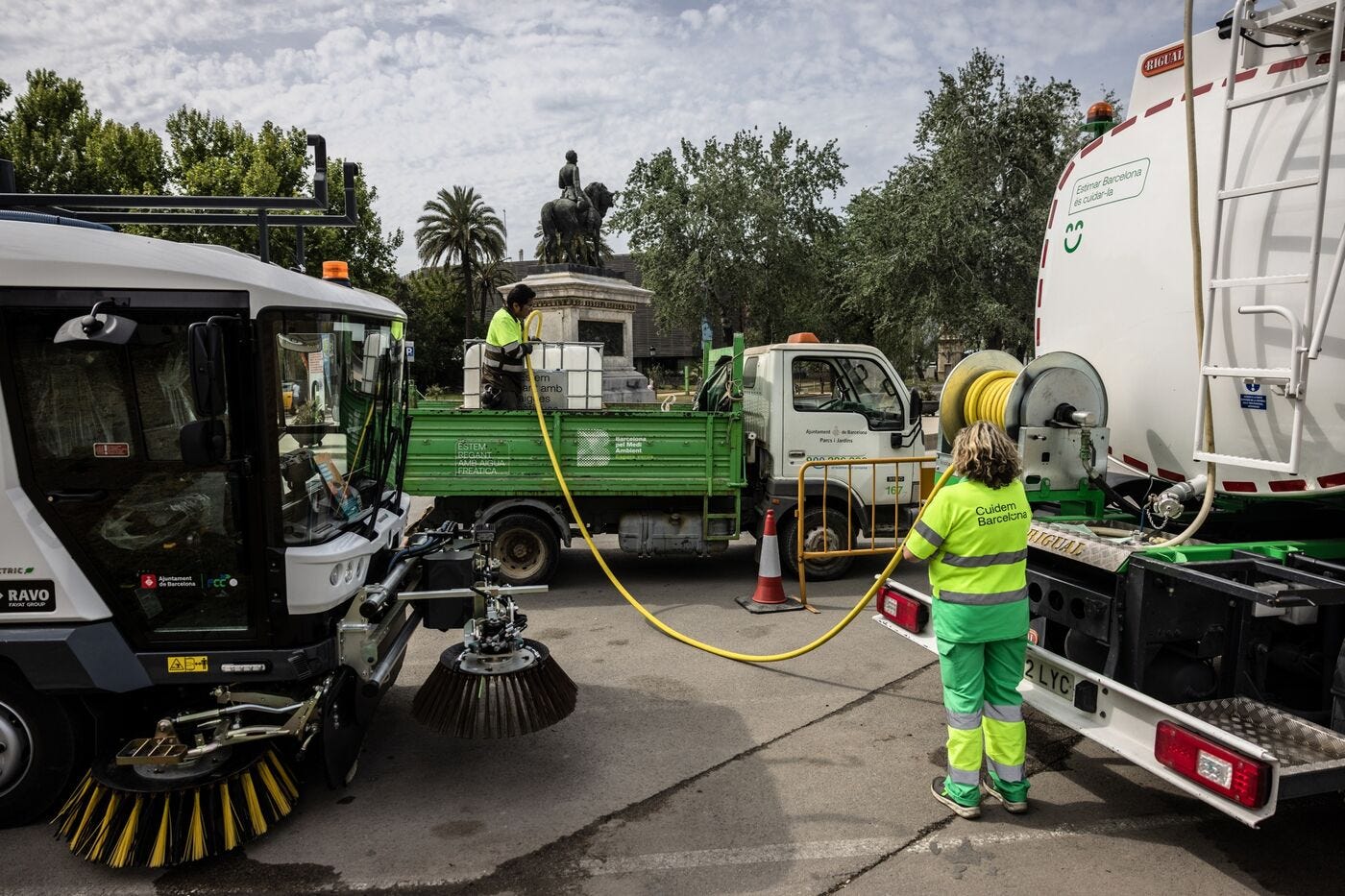
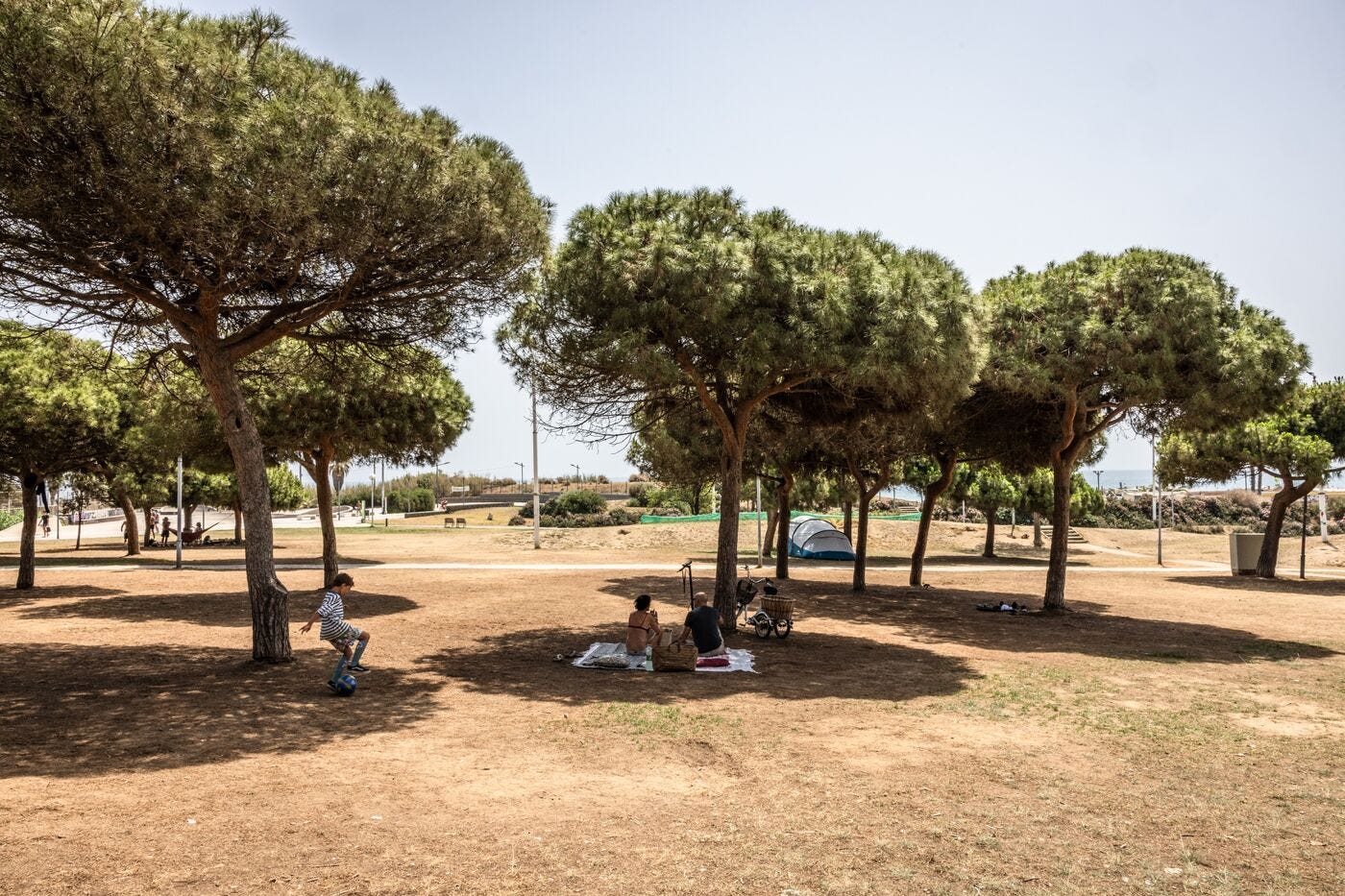
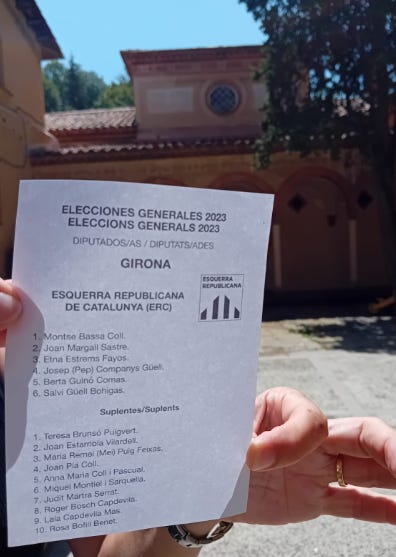

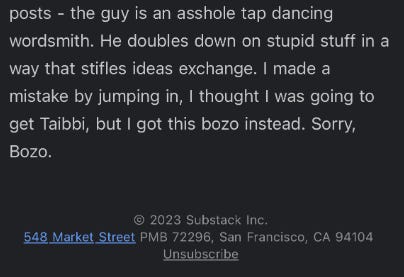





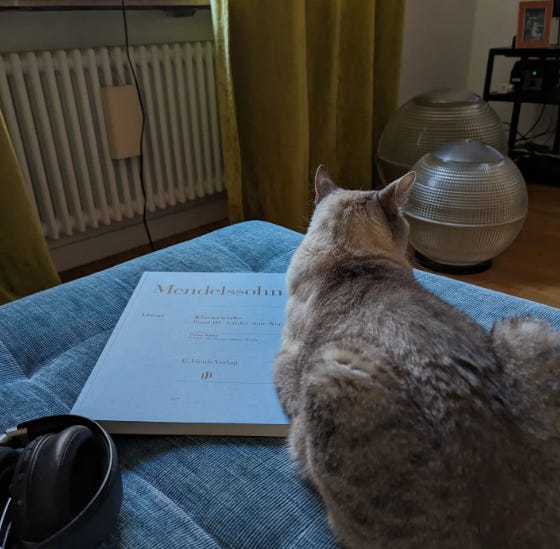


Respect, you know a lot about what's going on in Euro :)